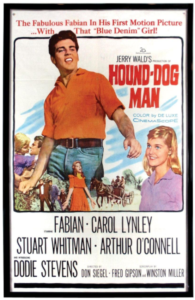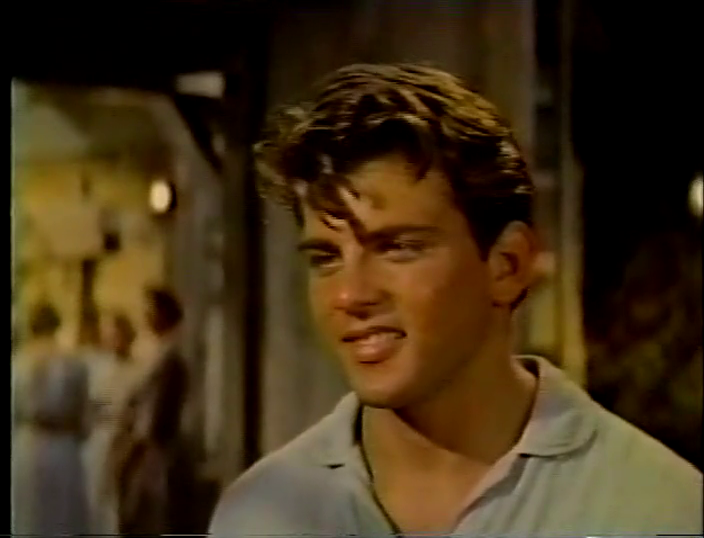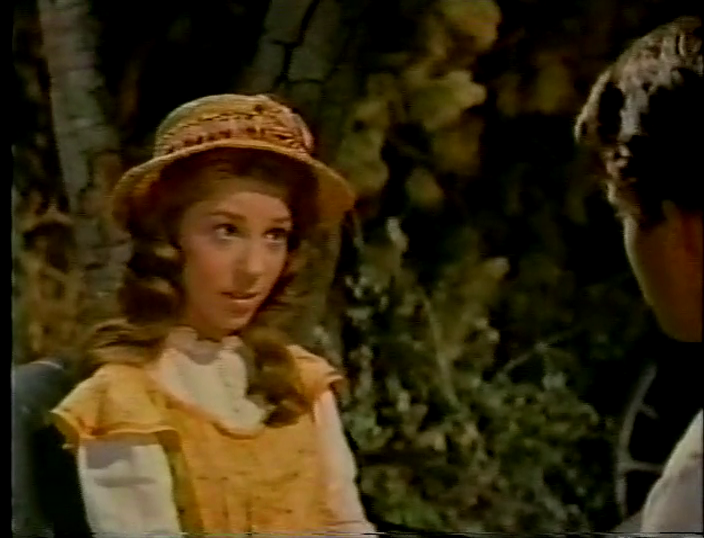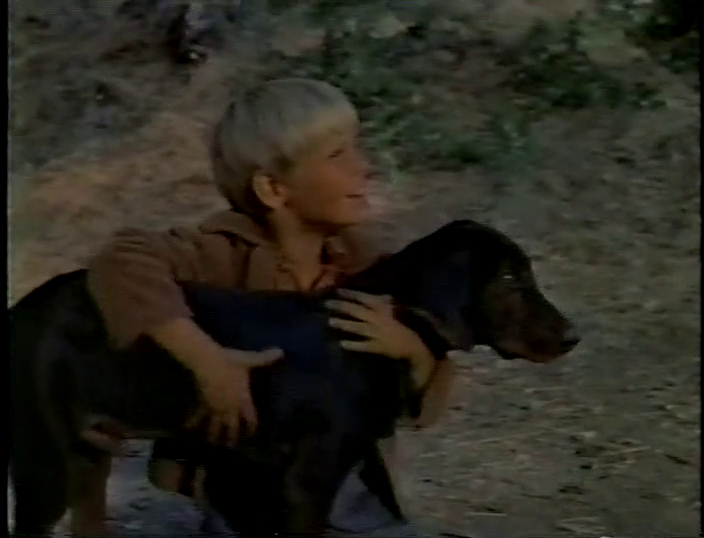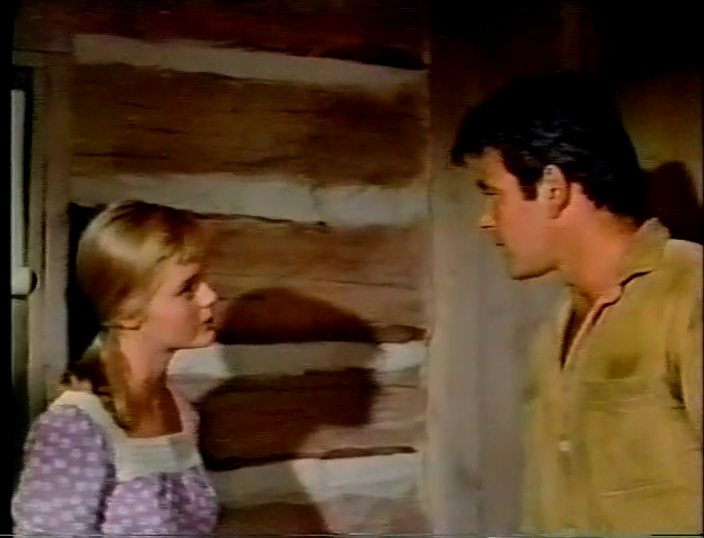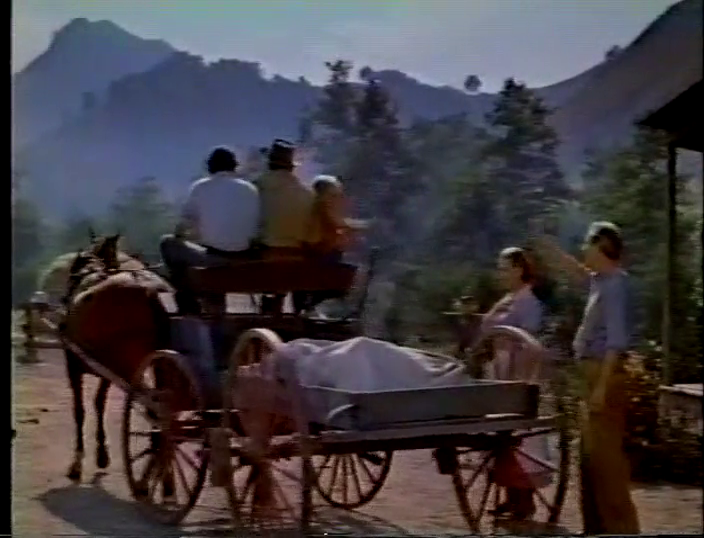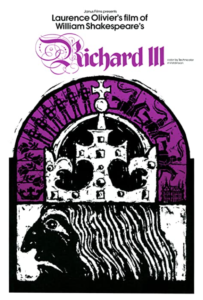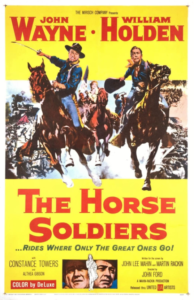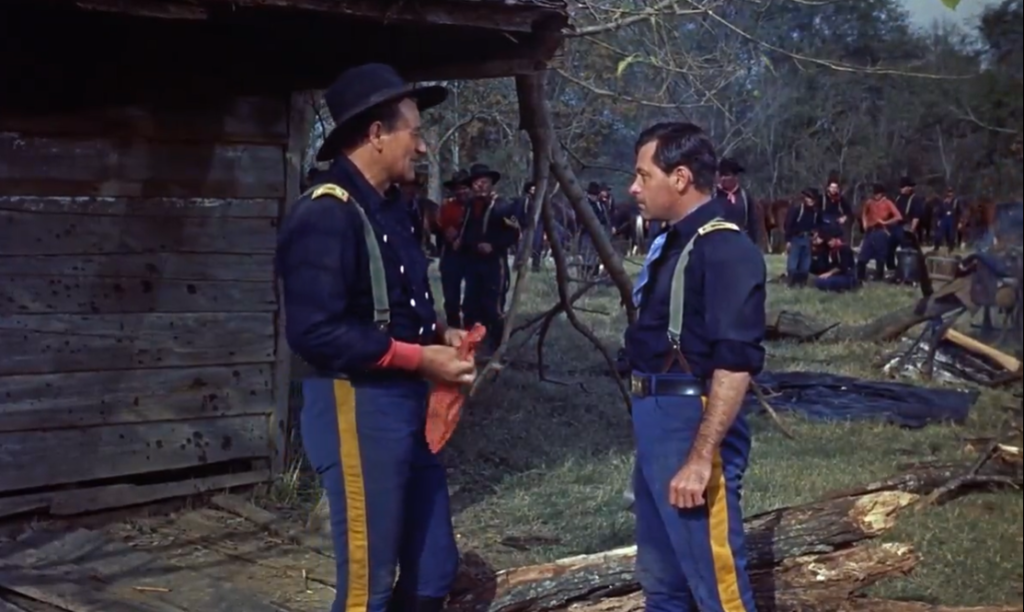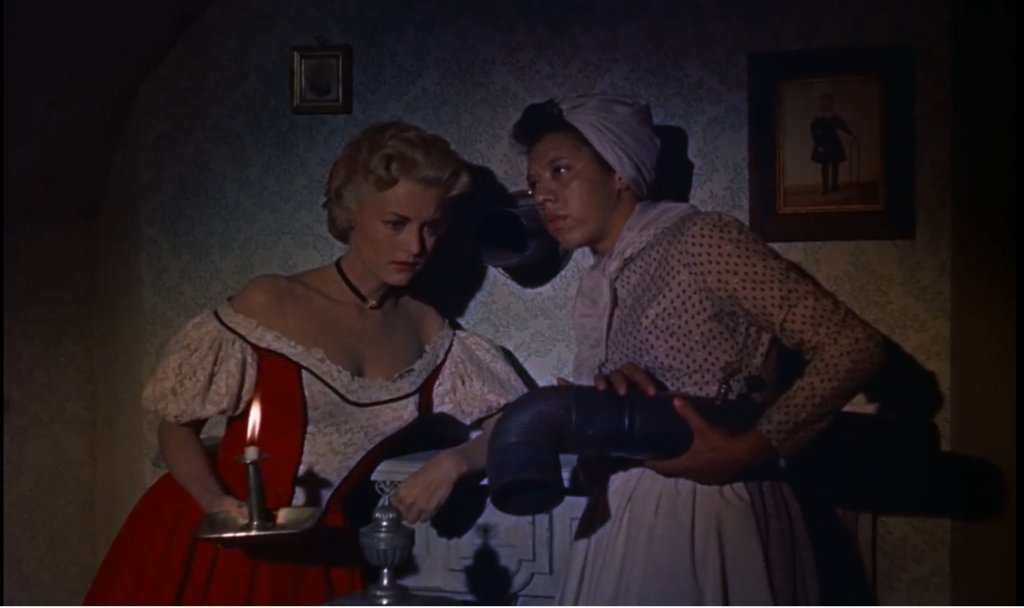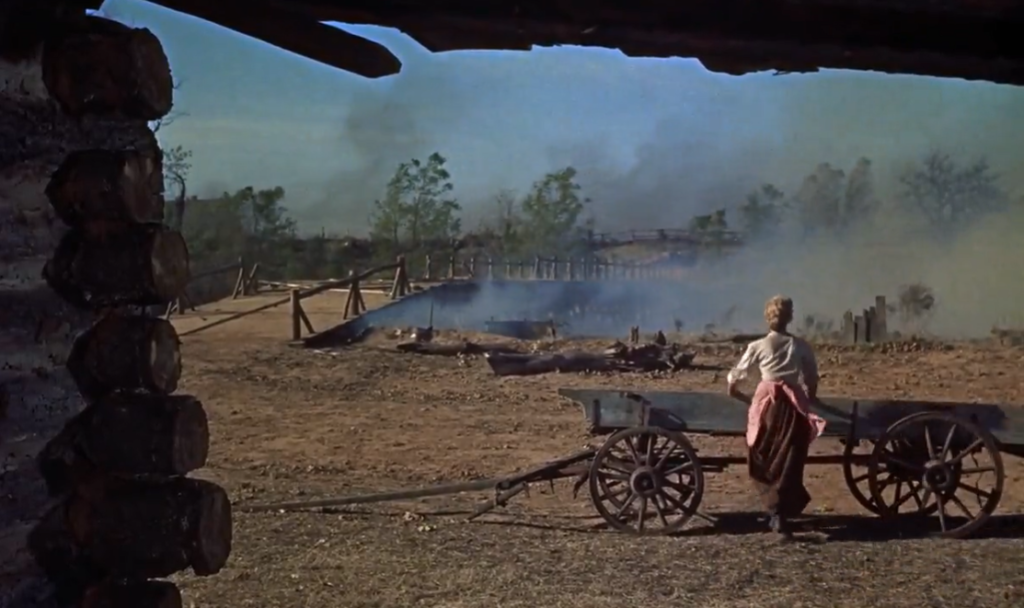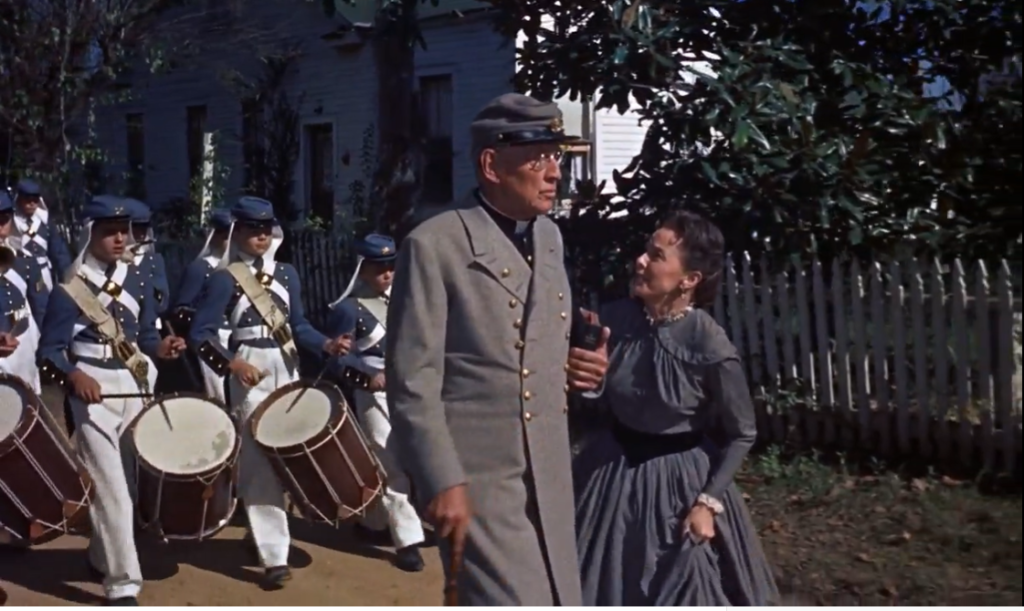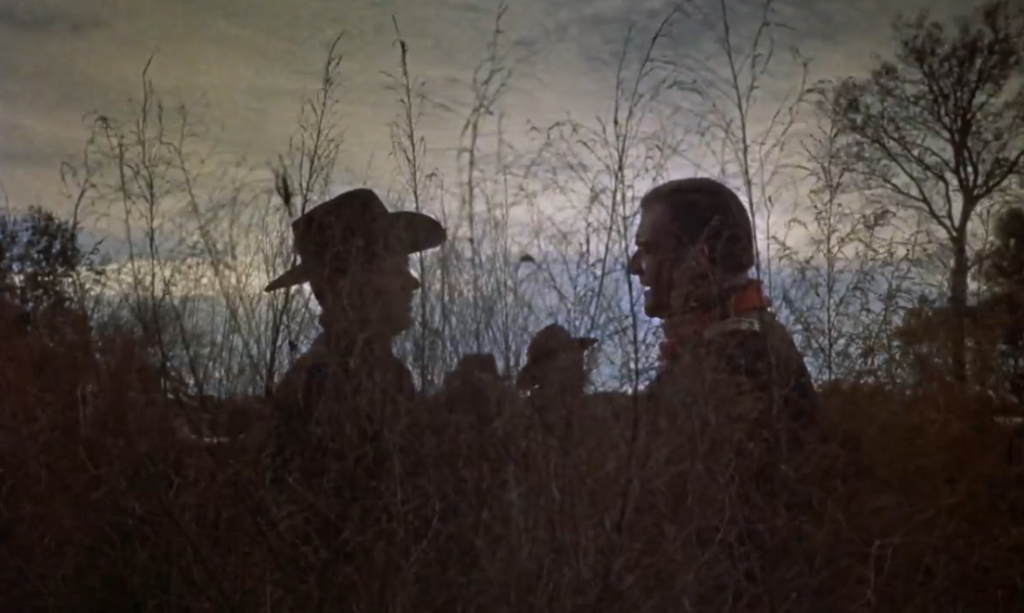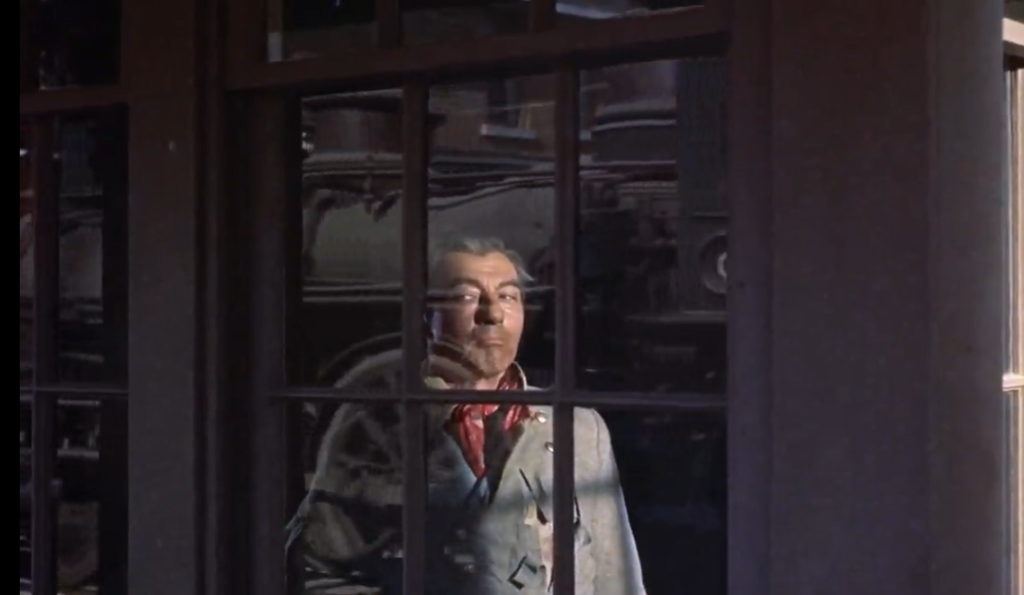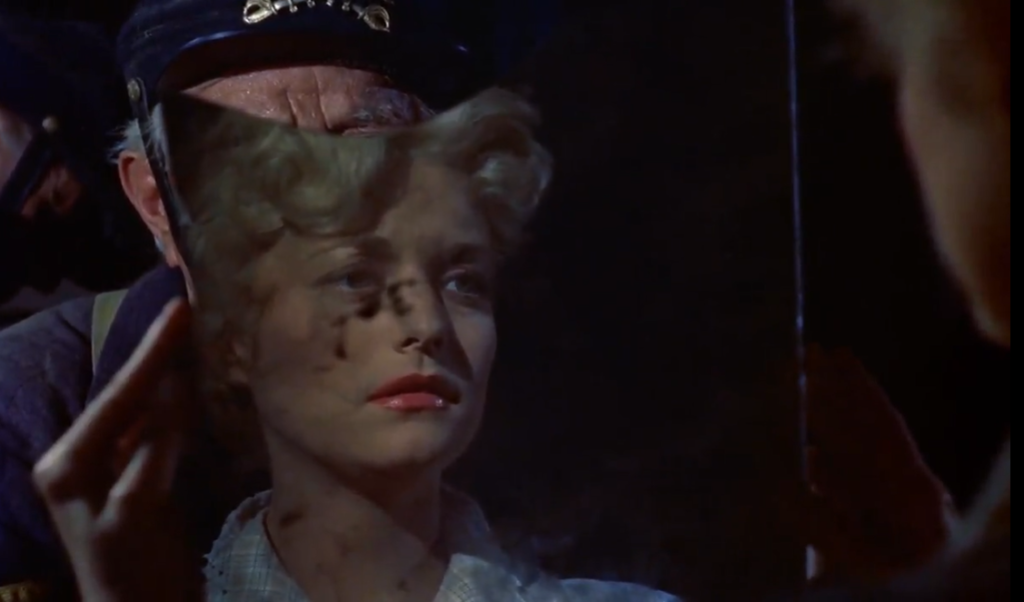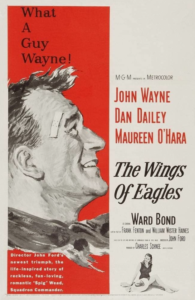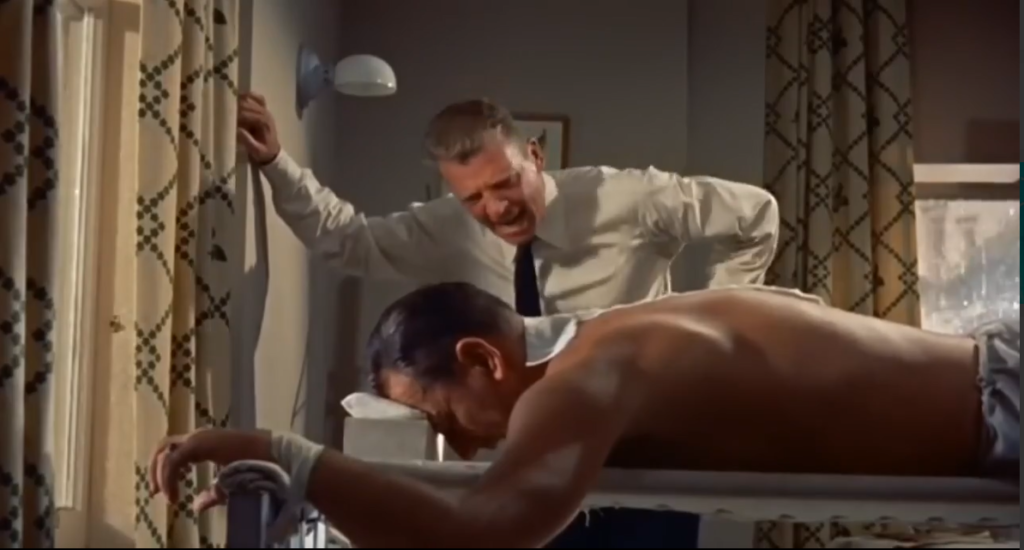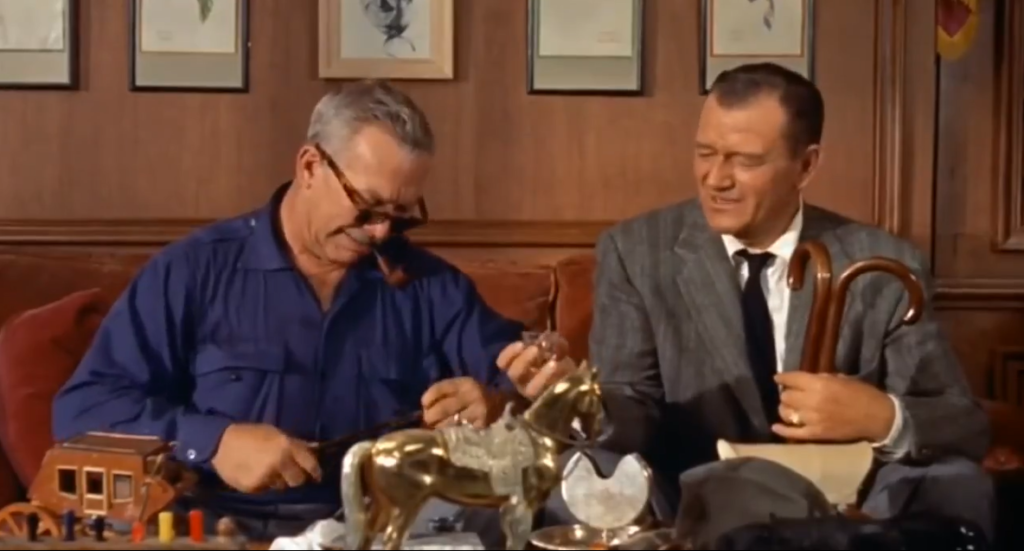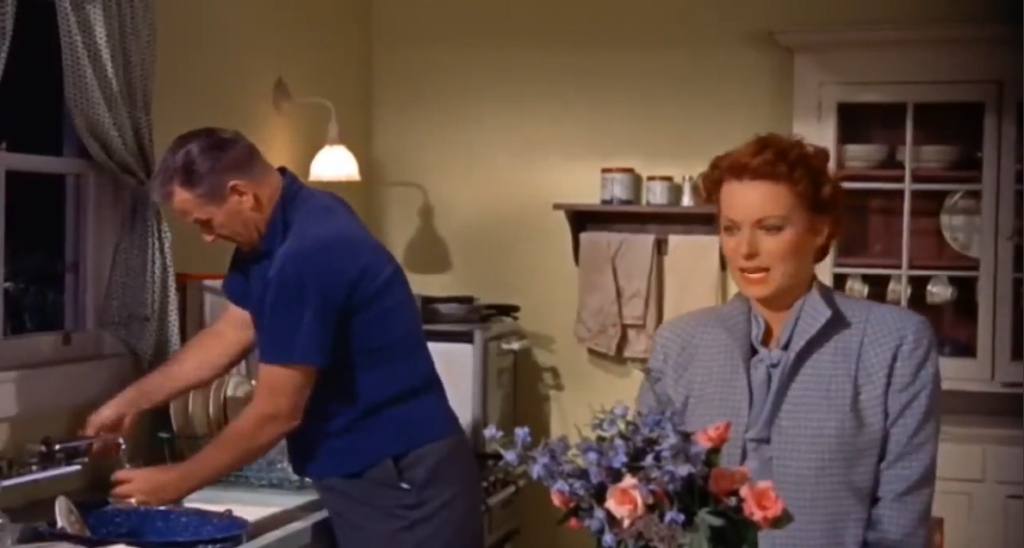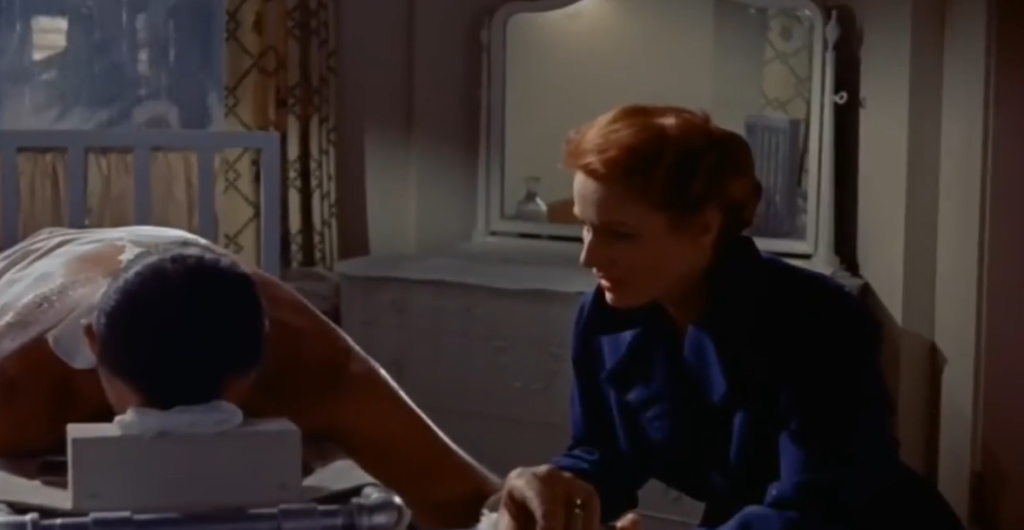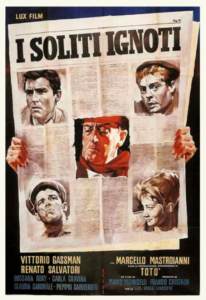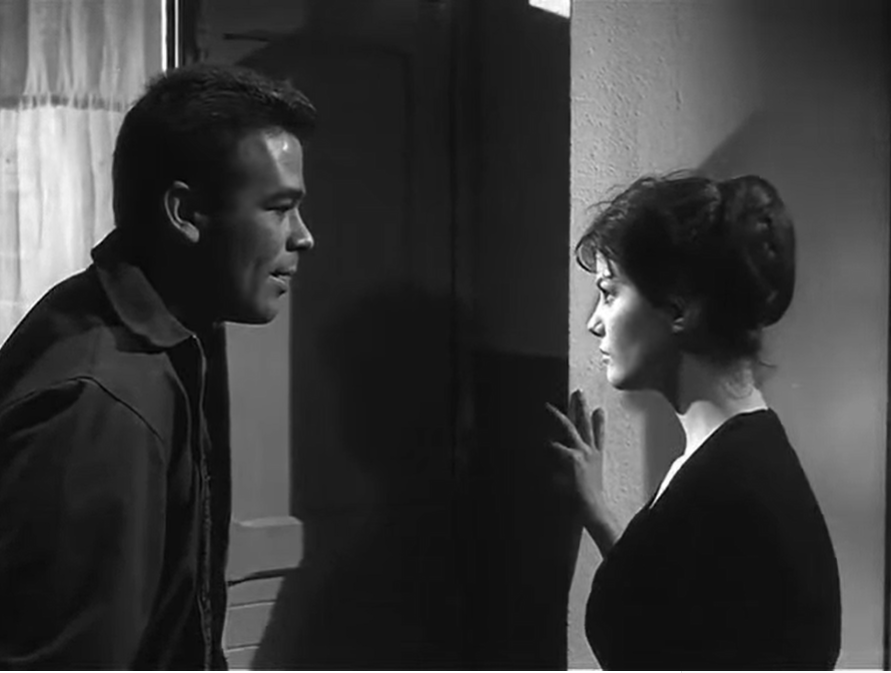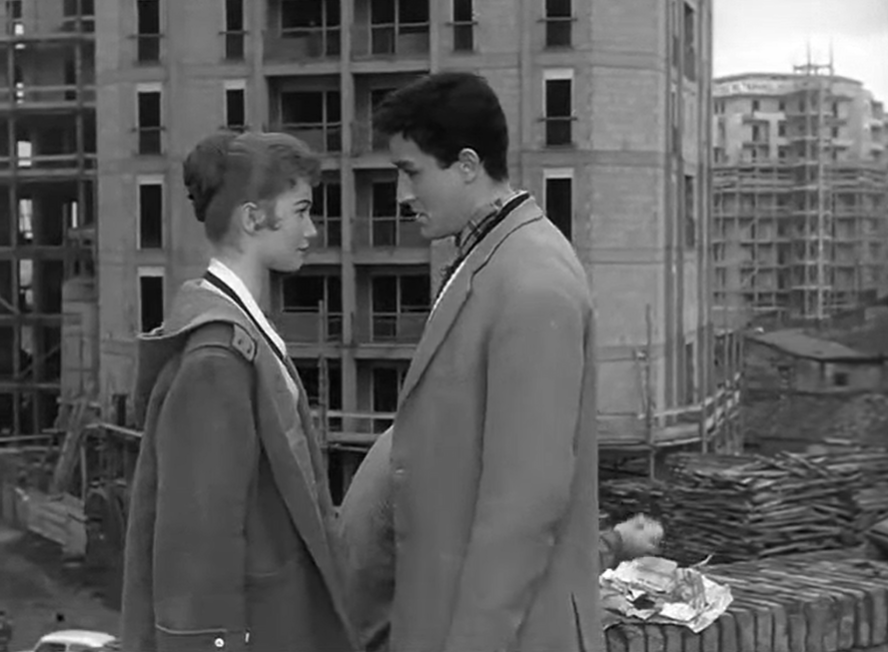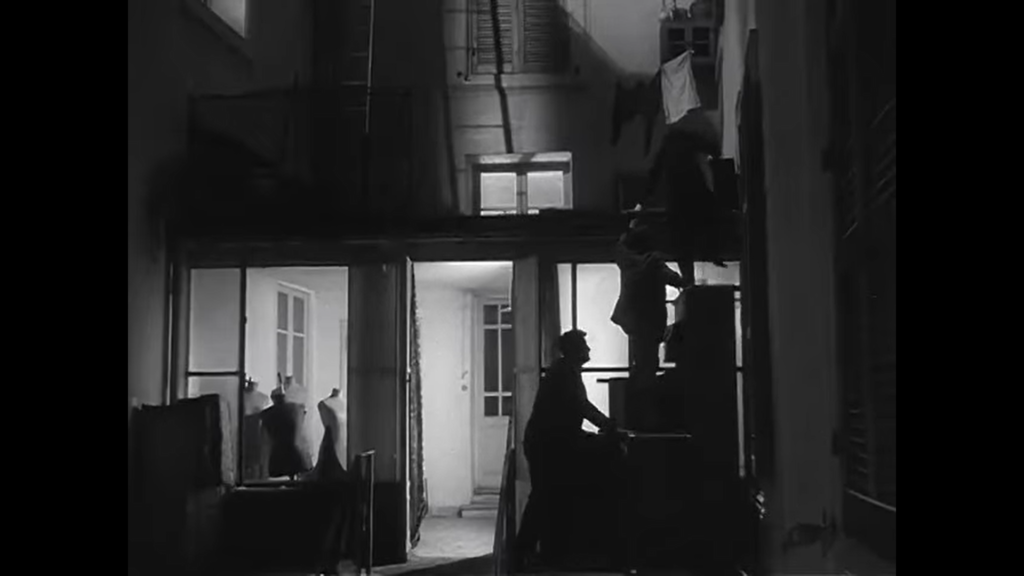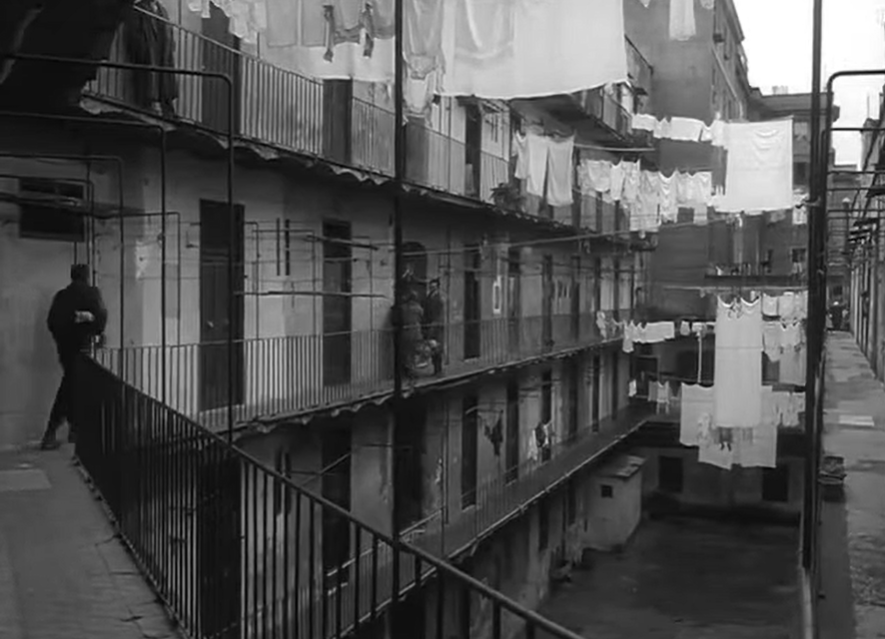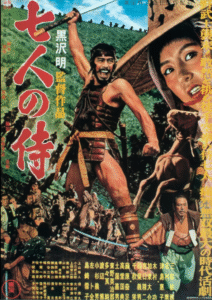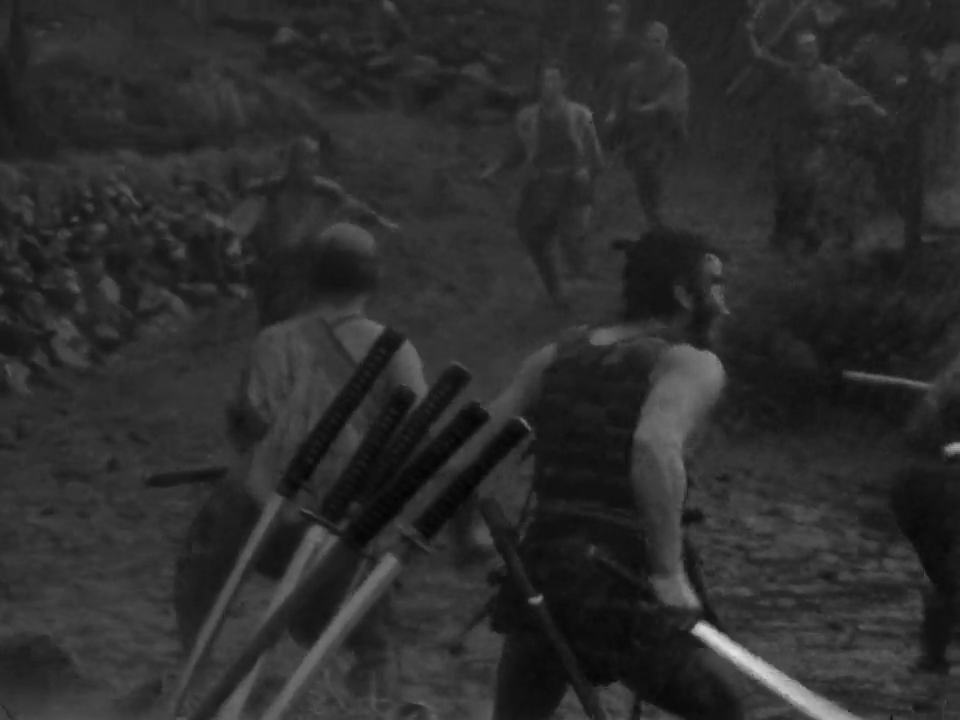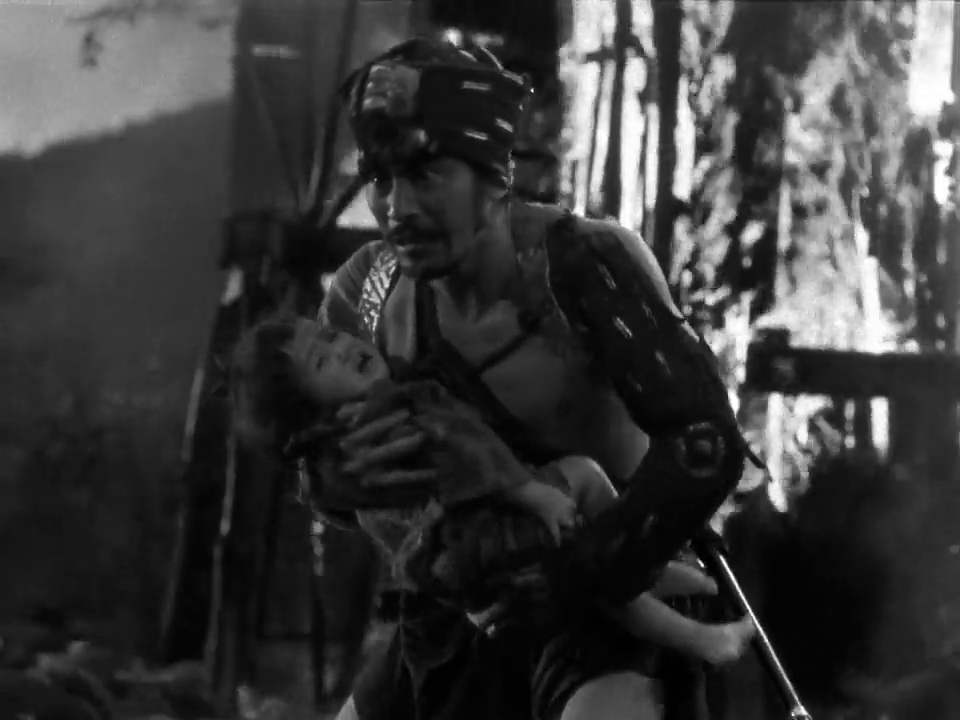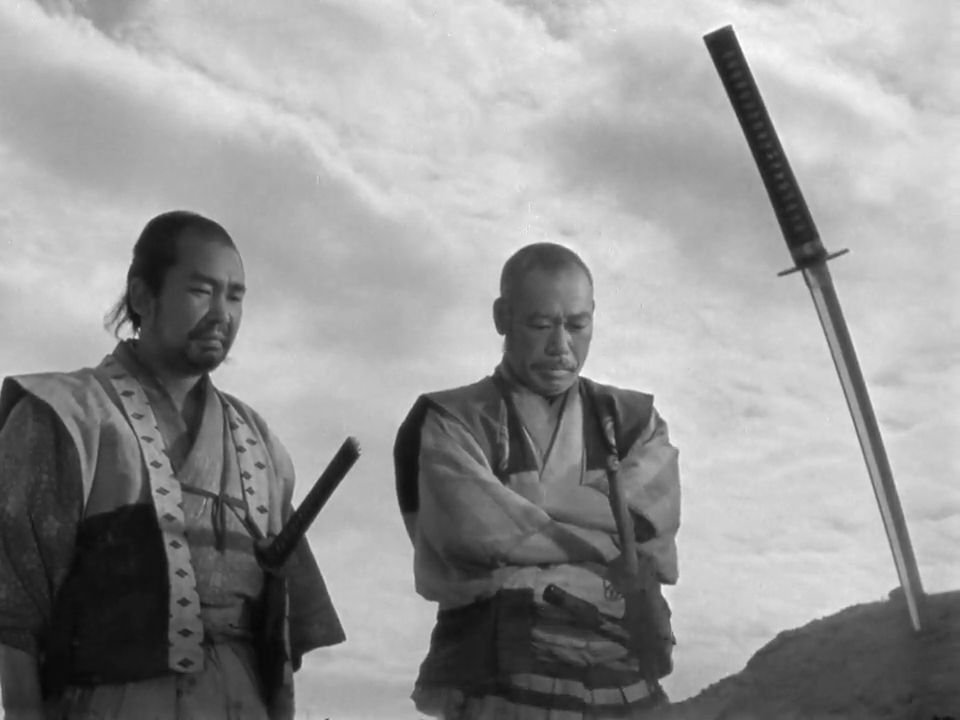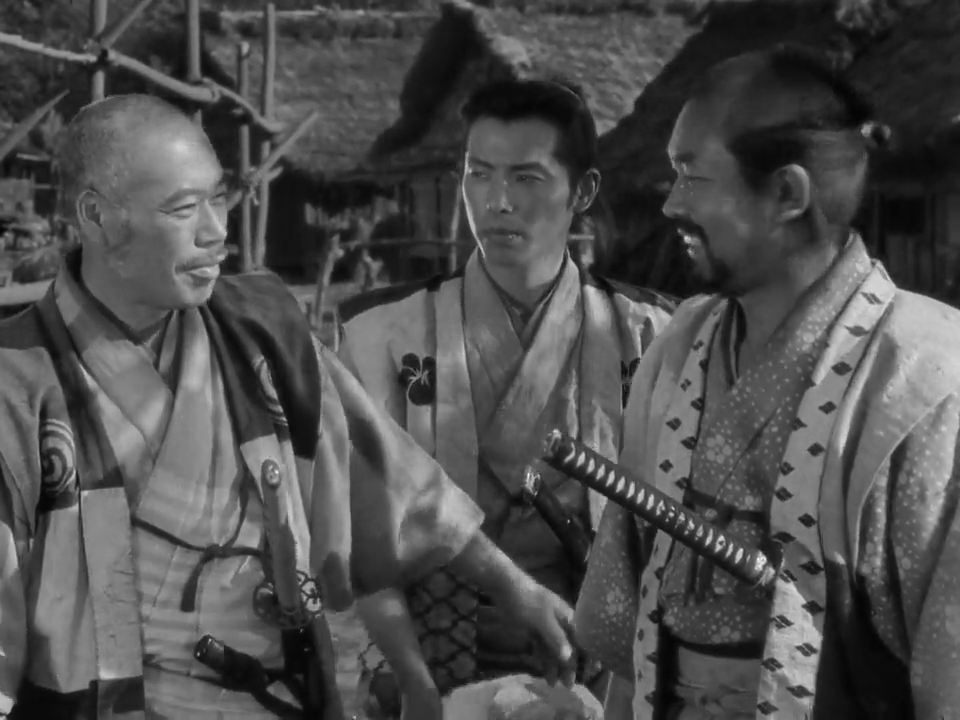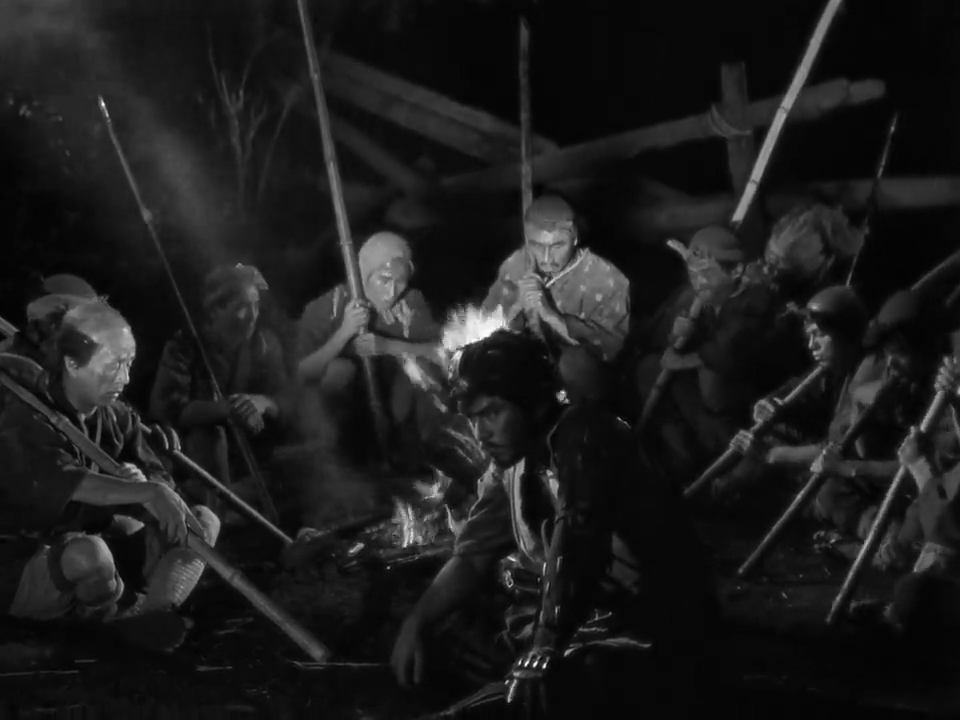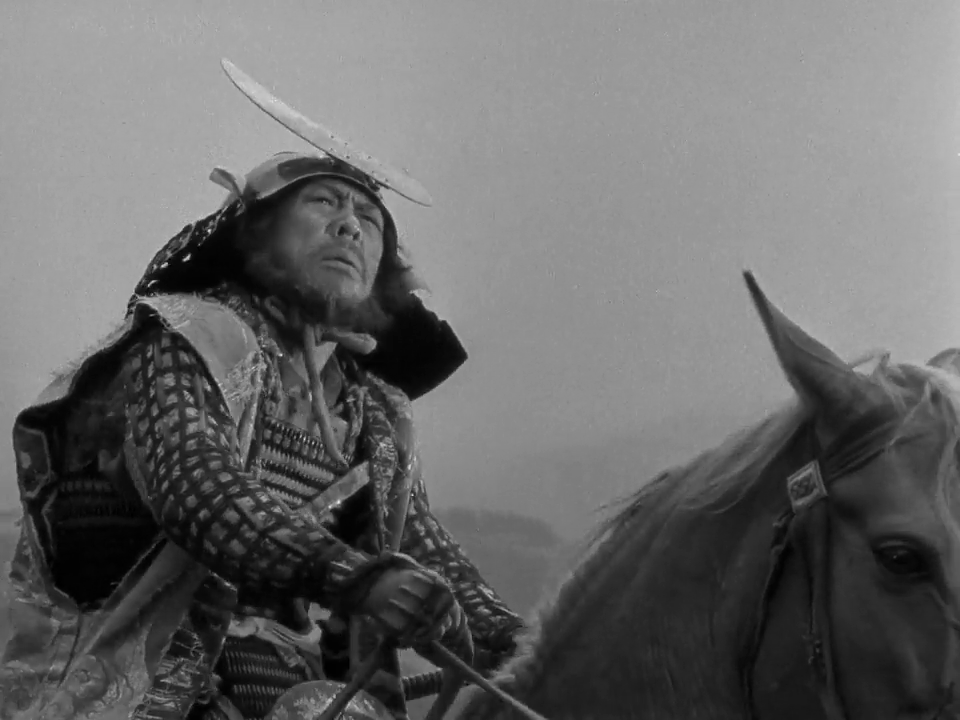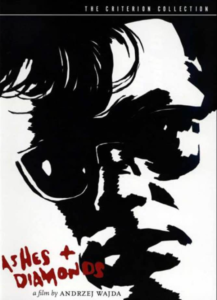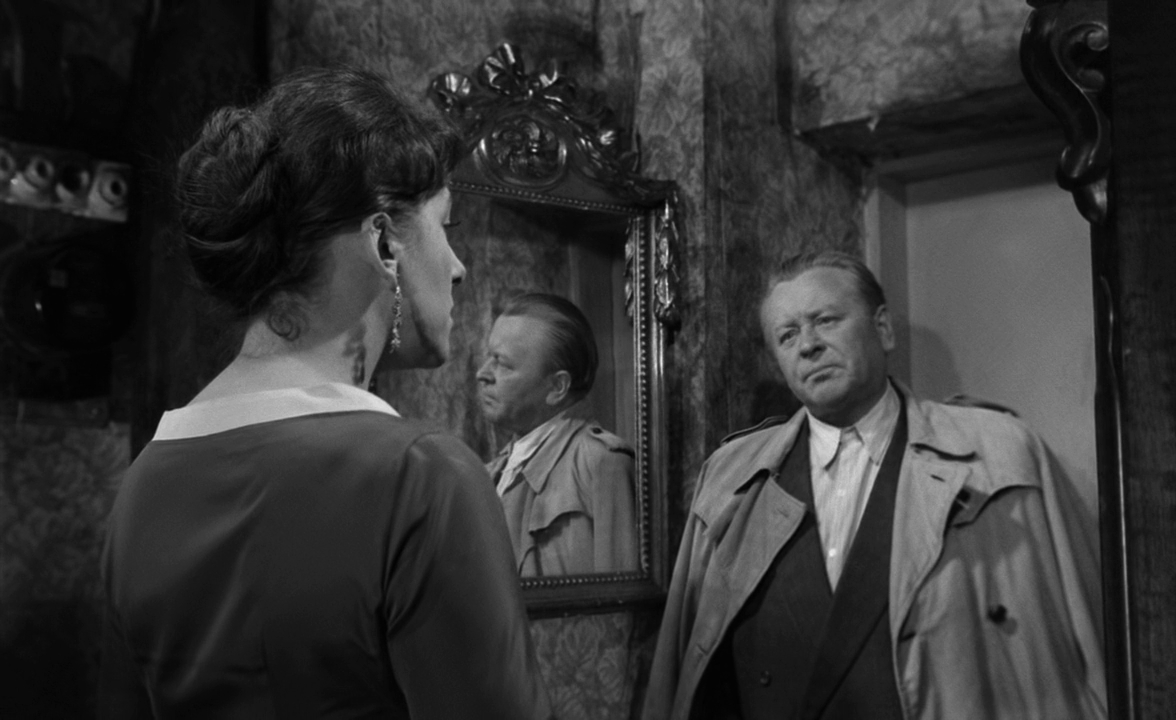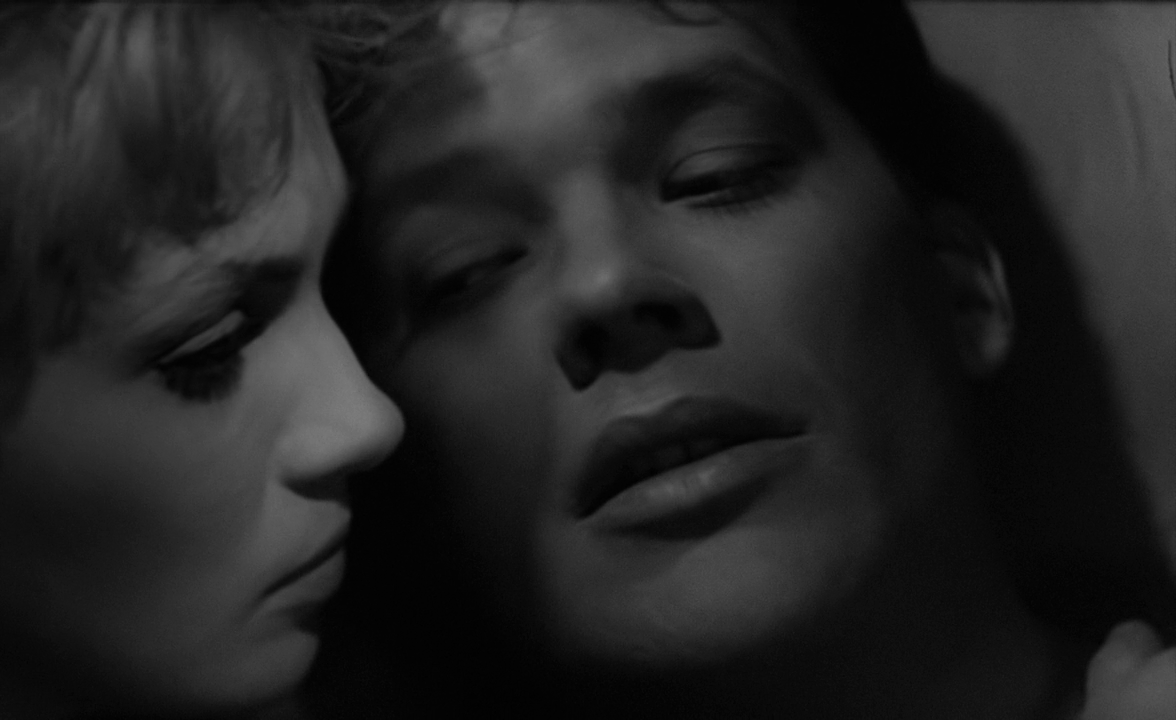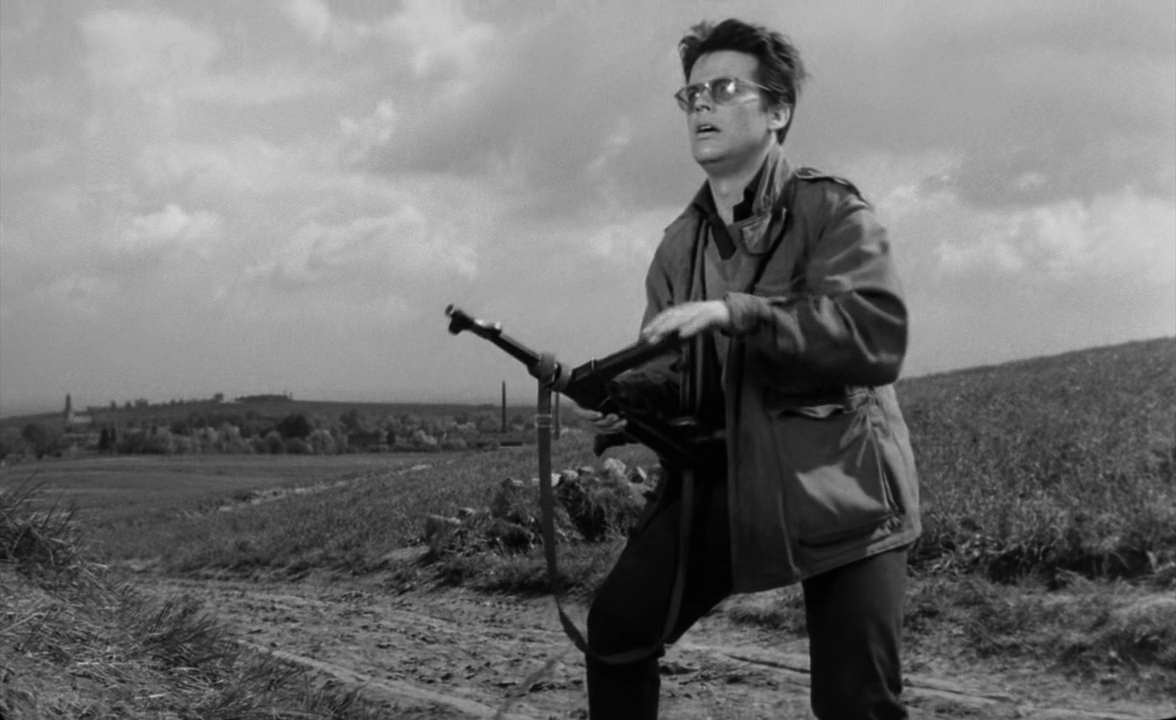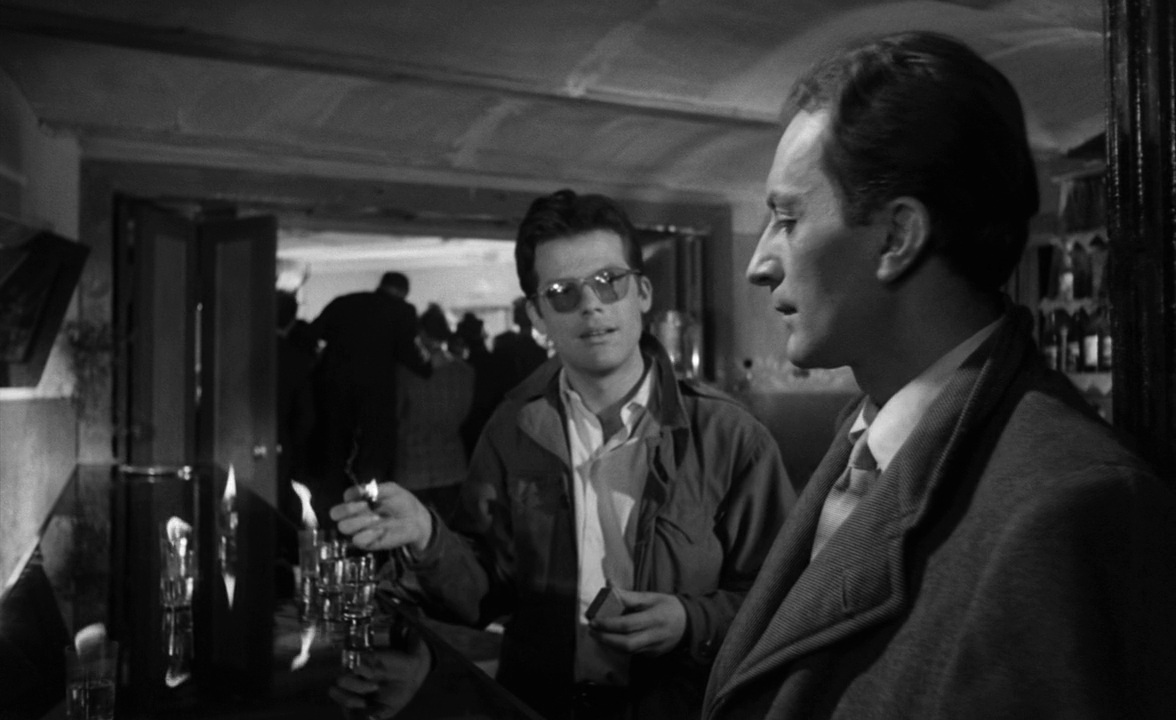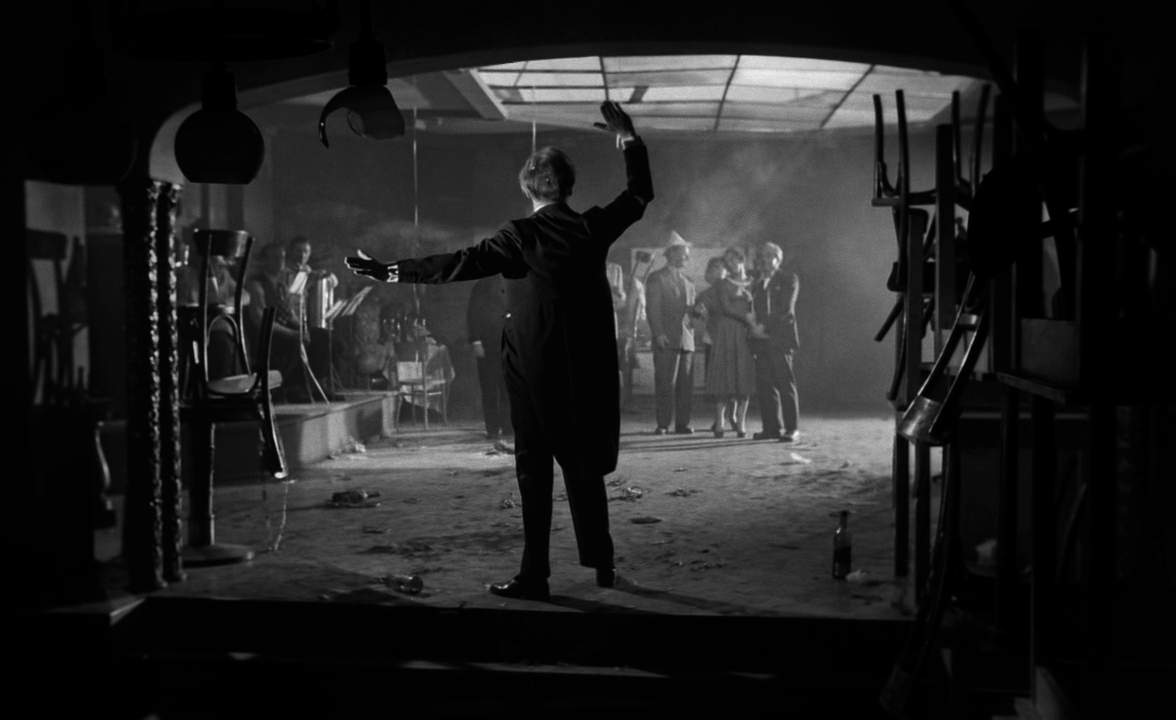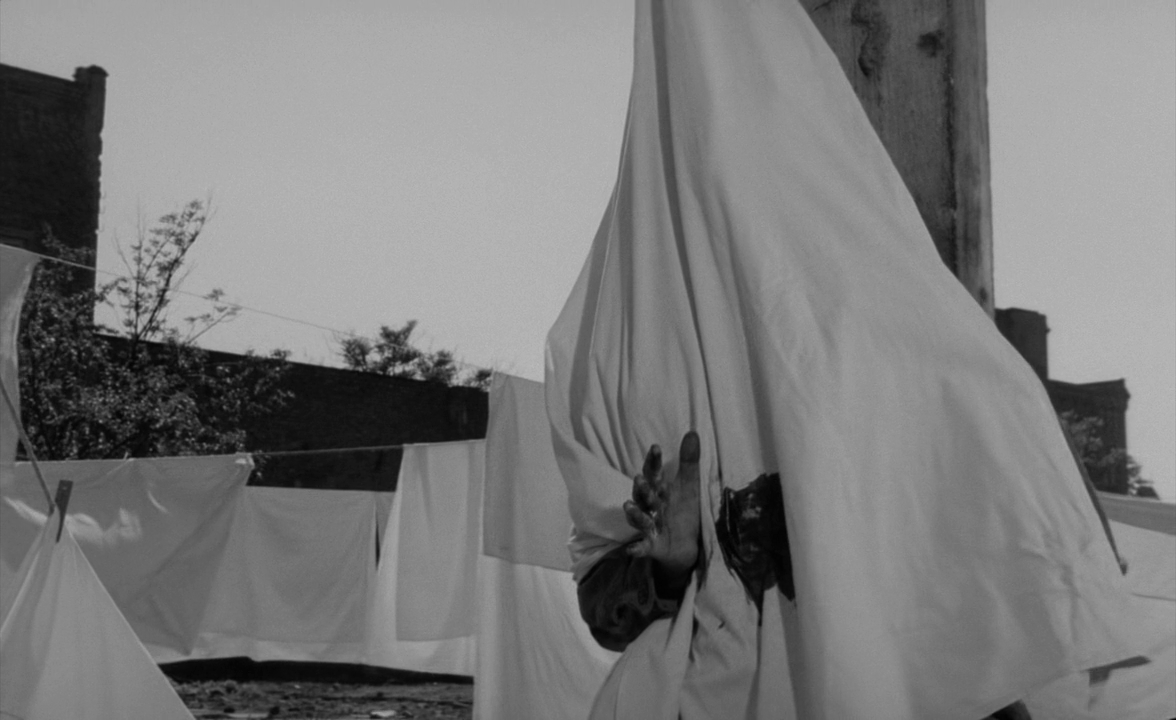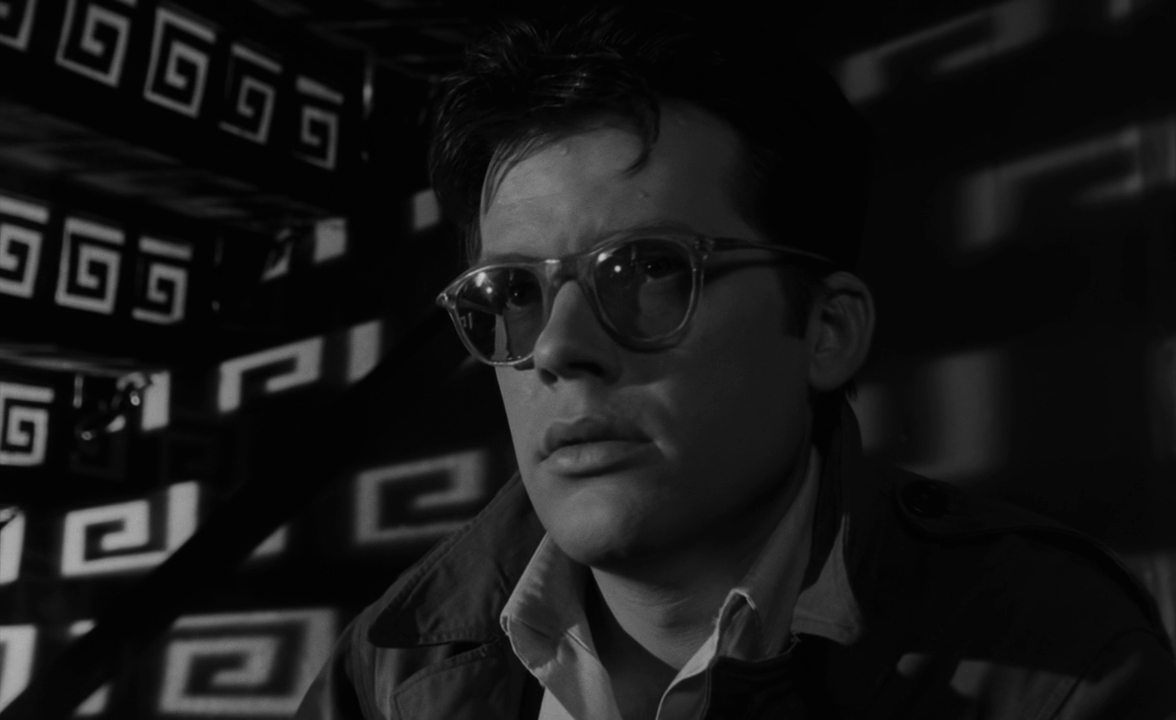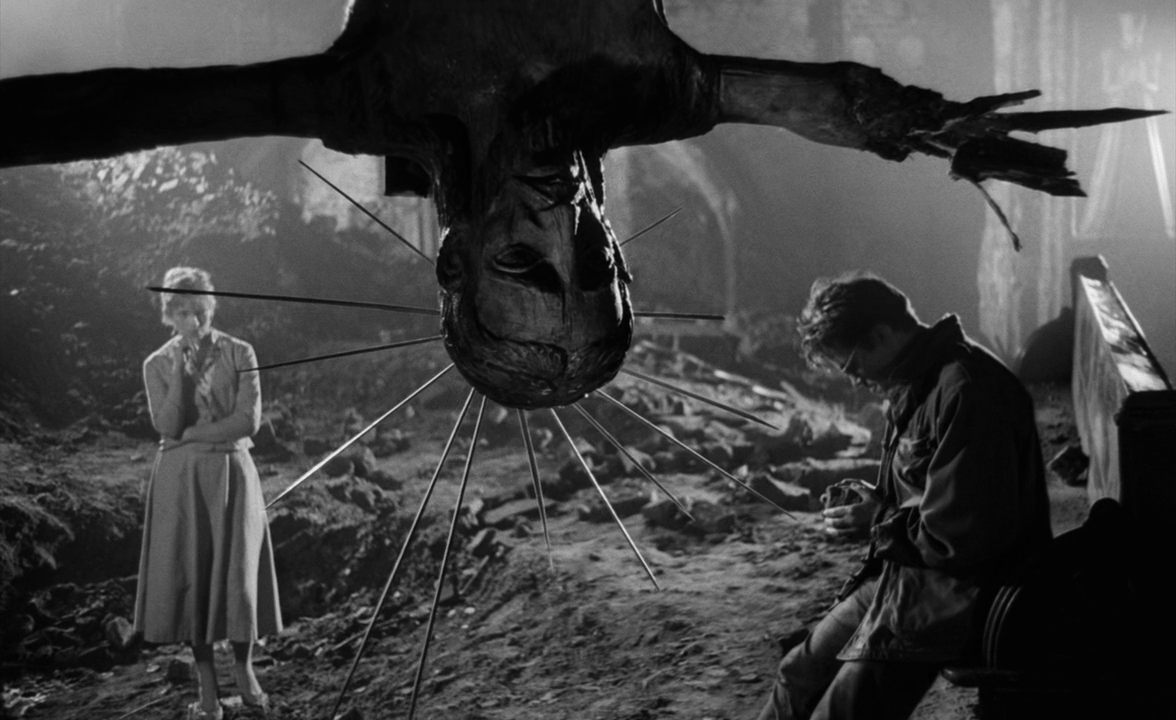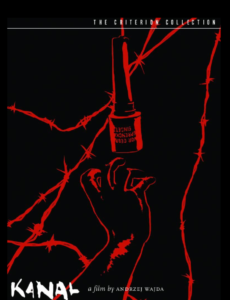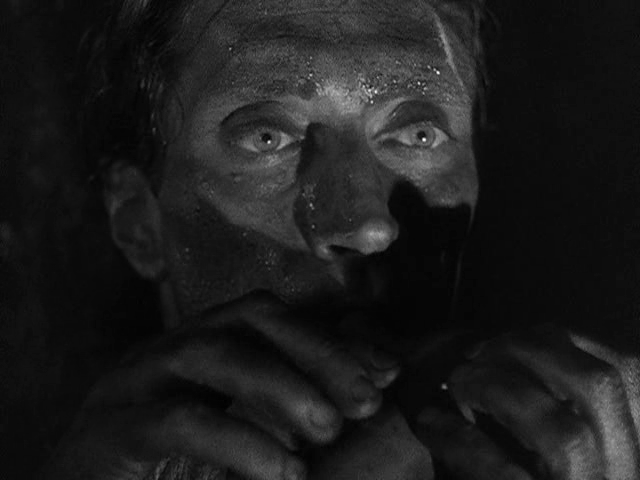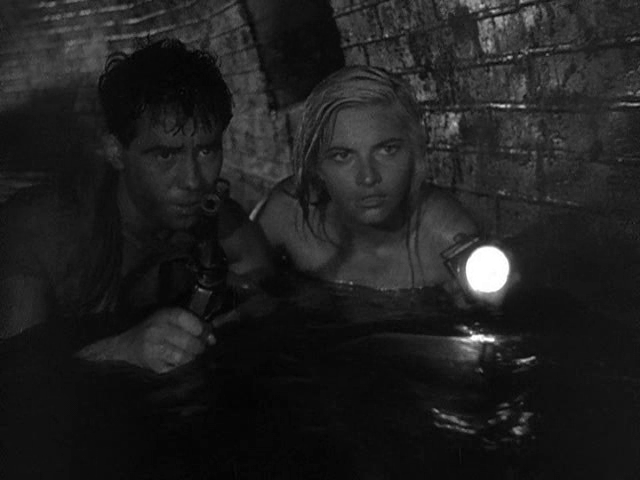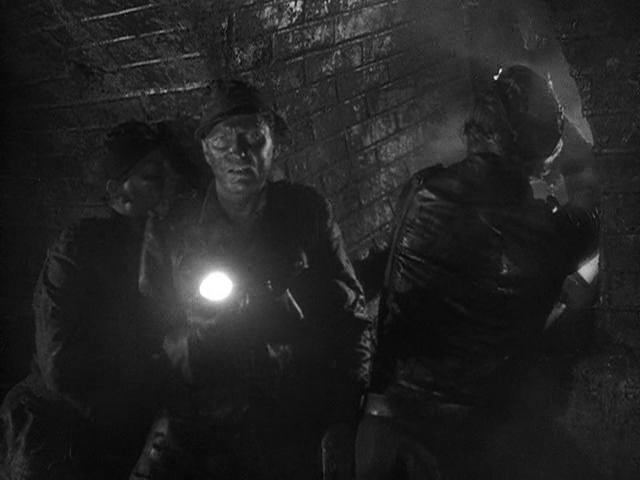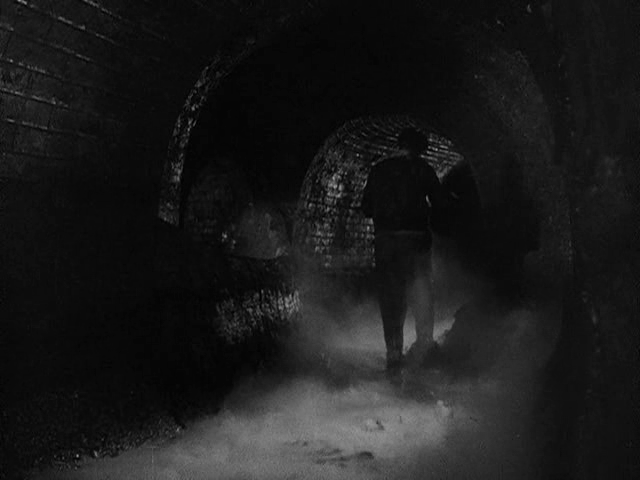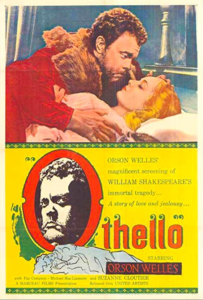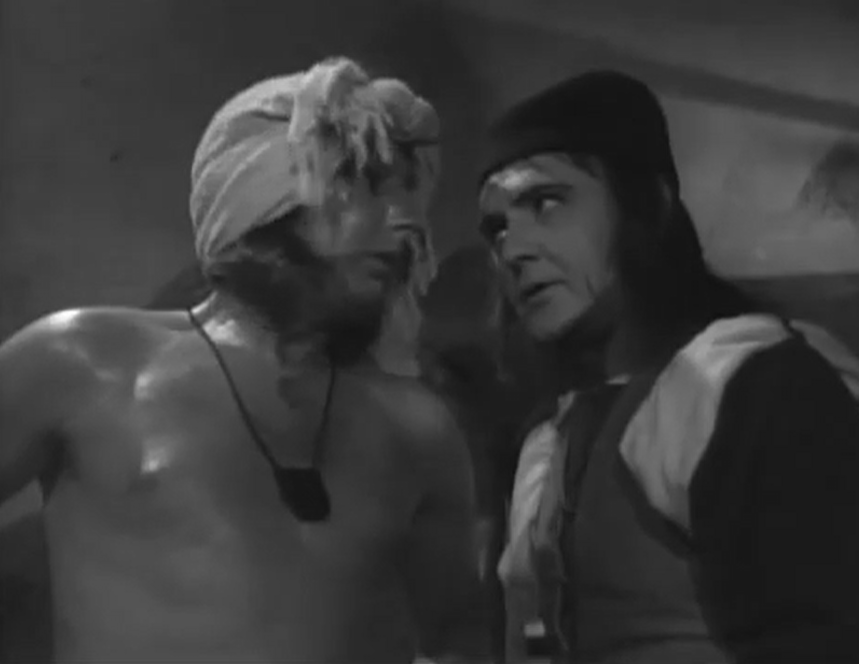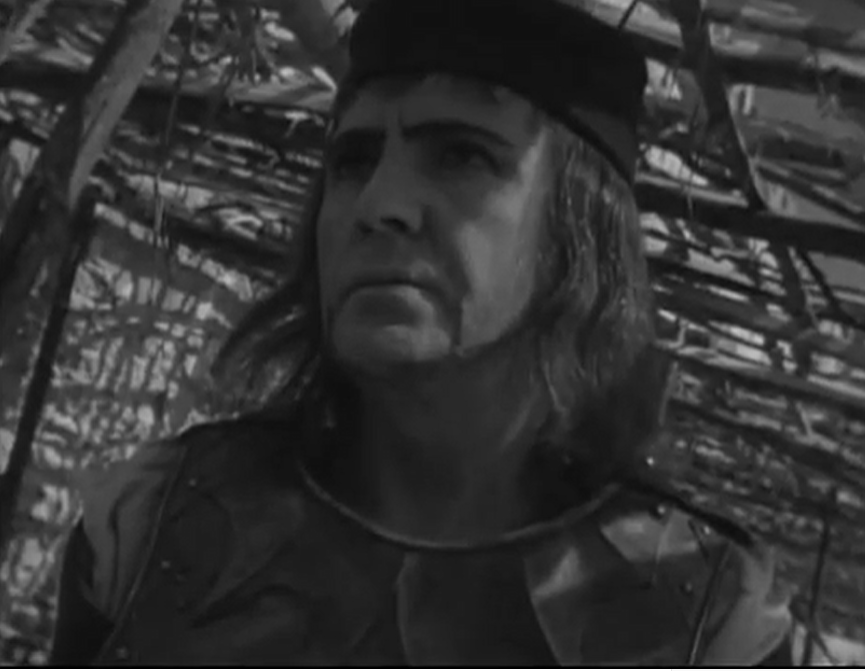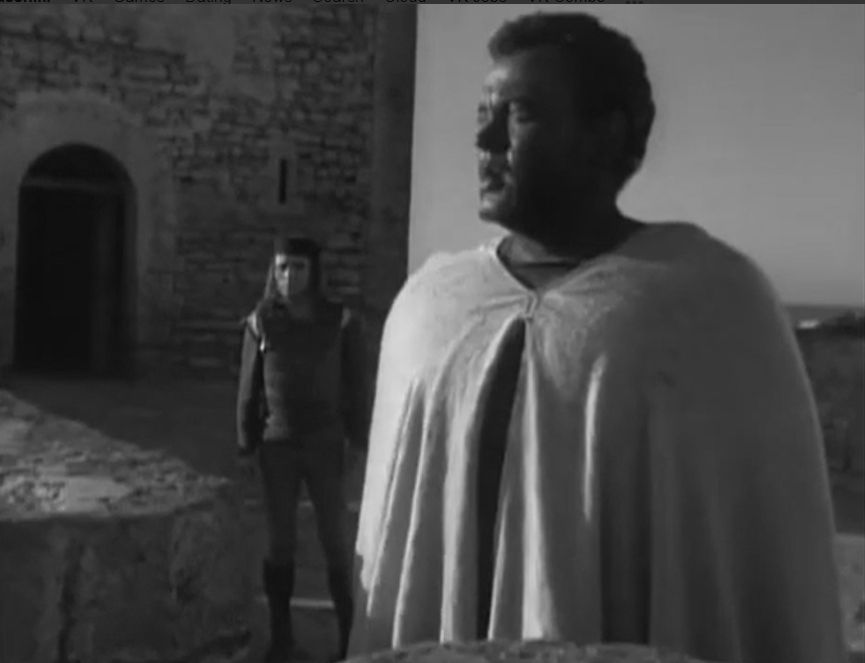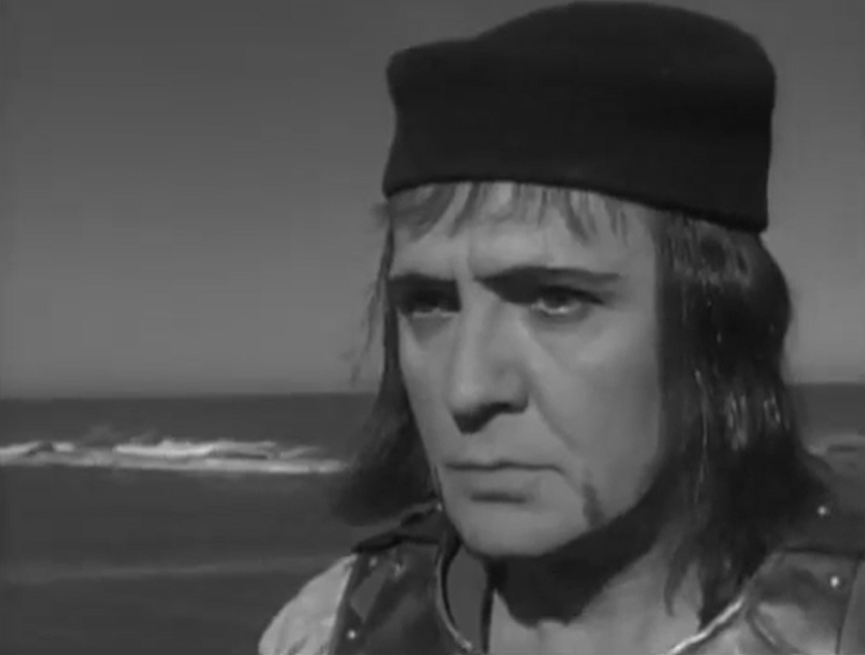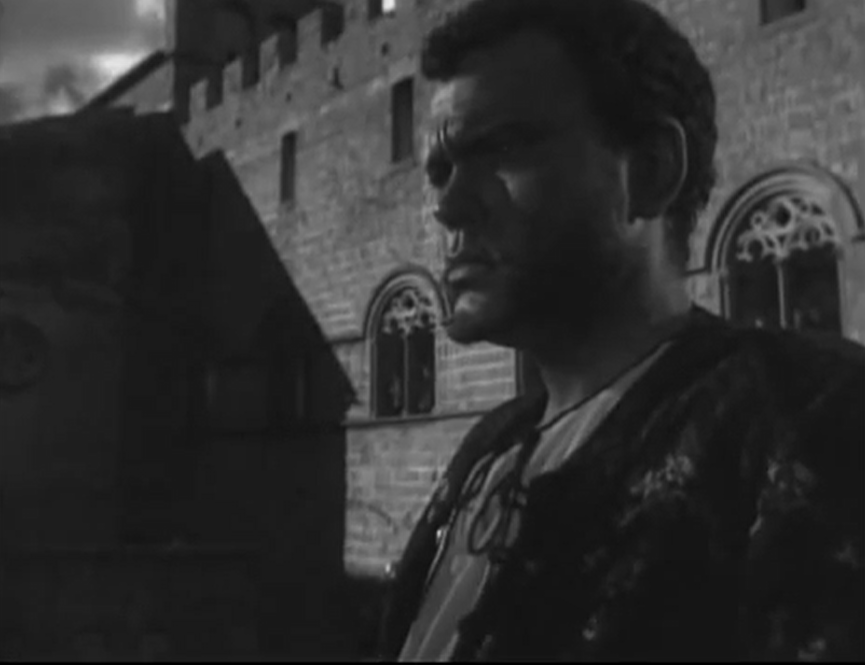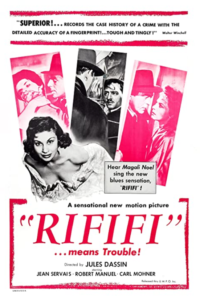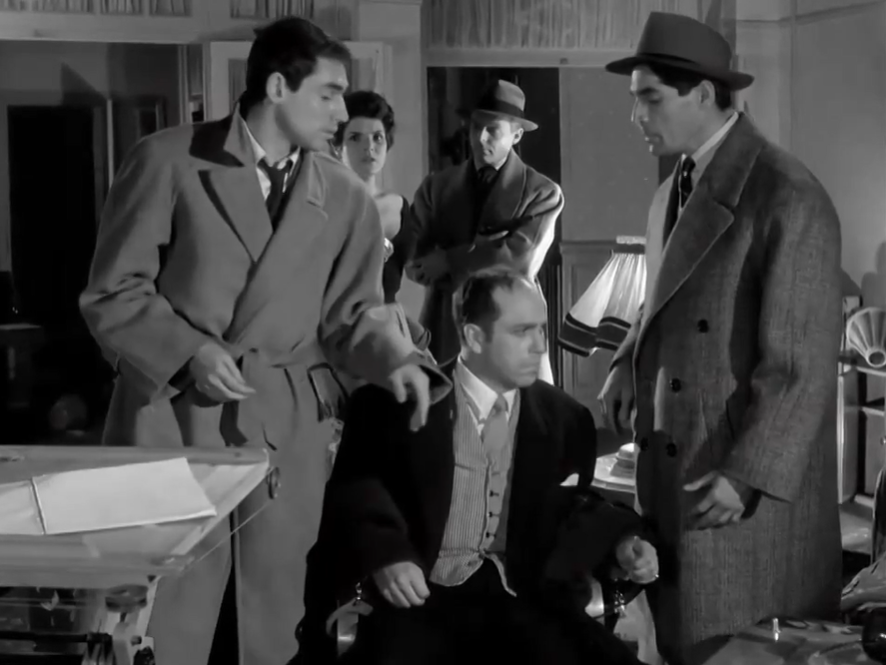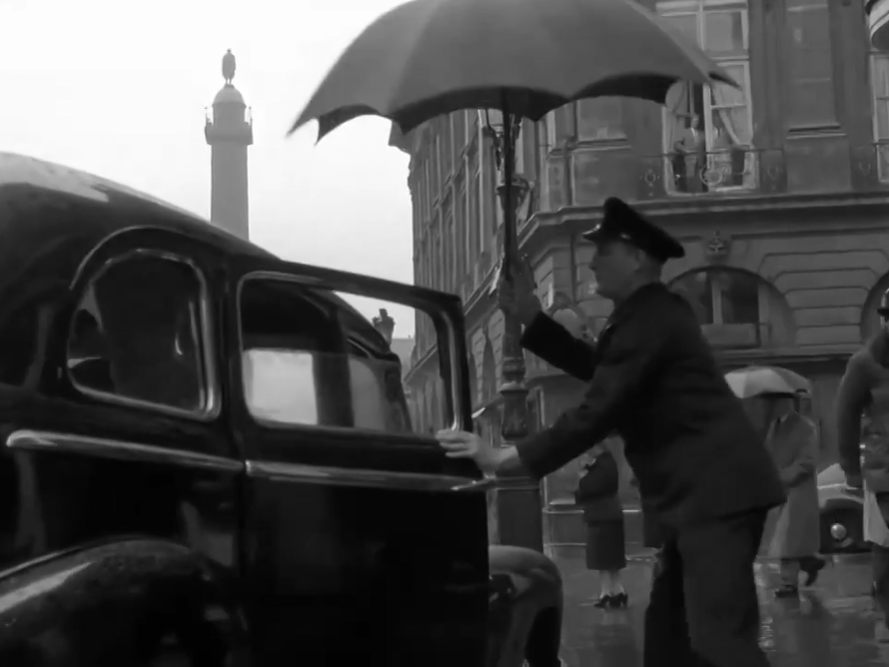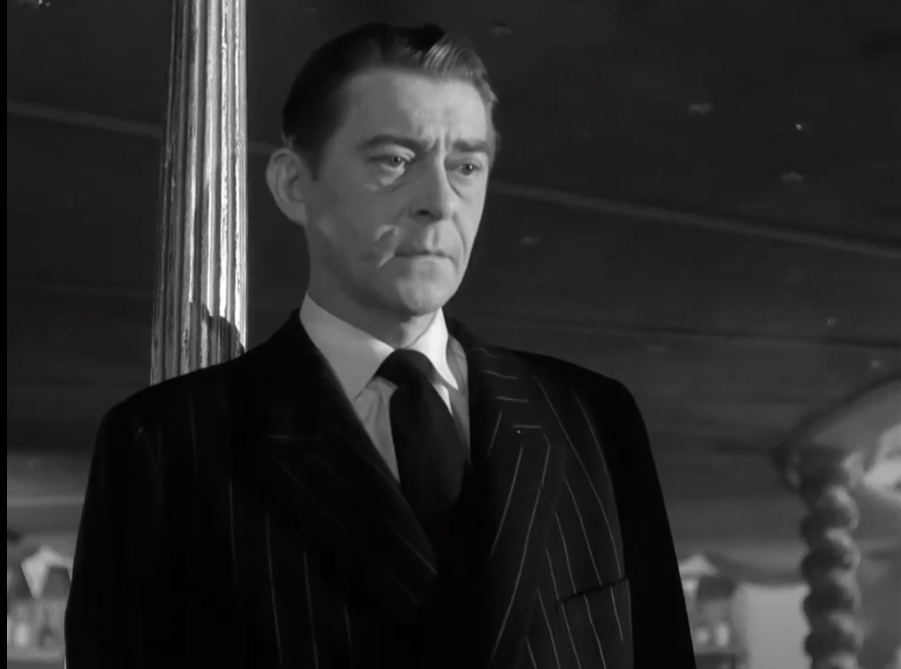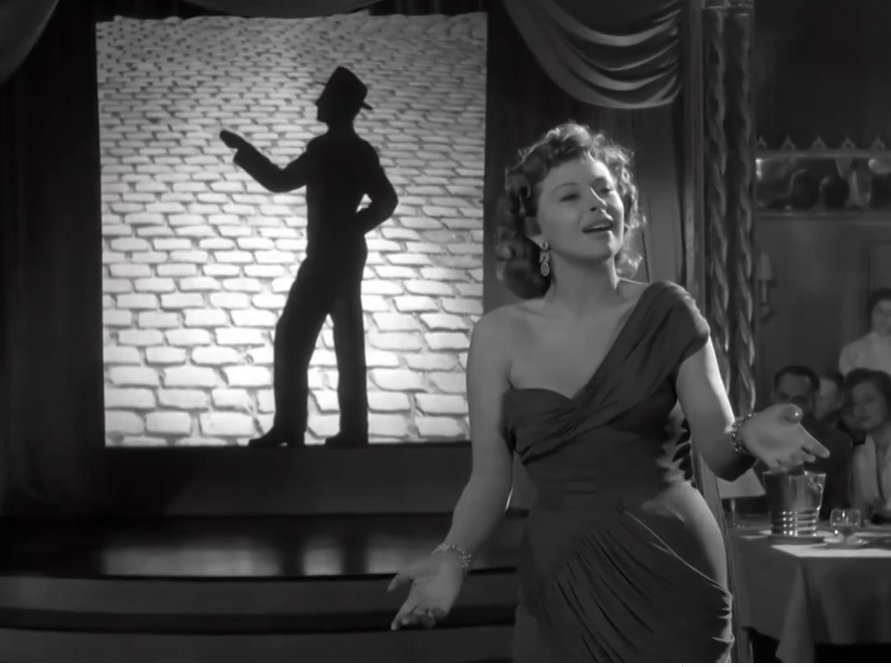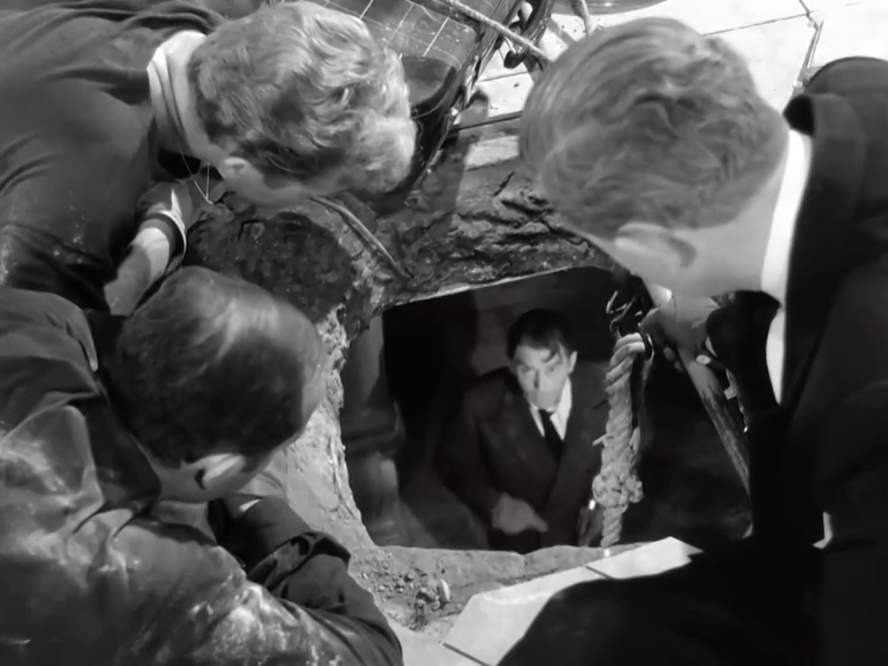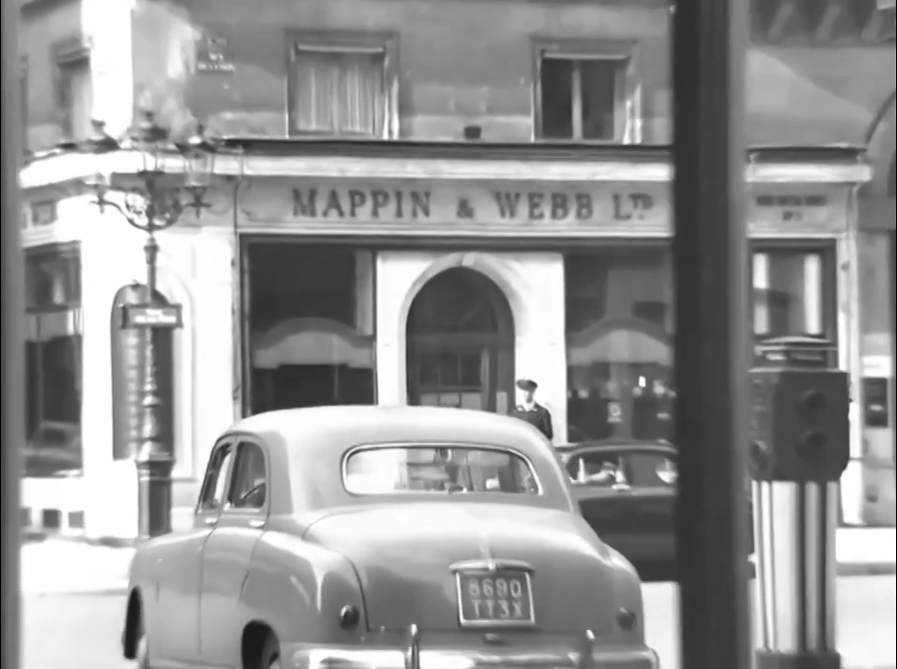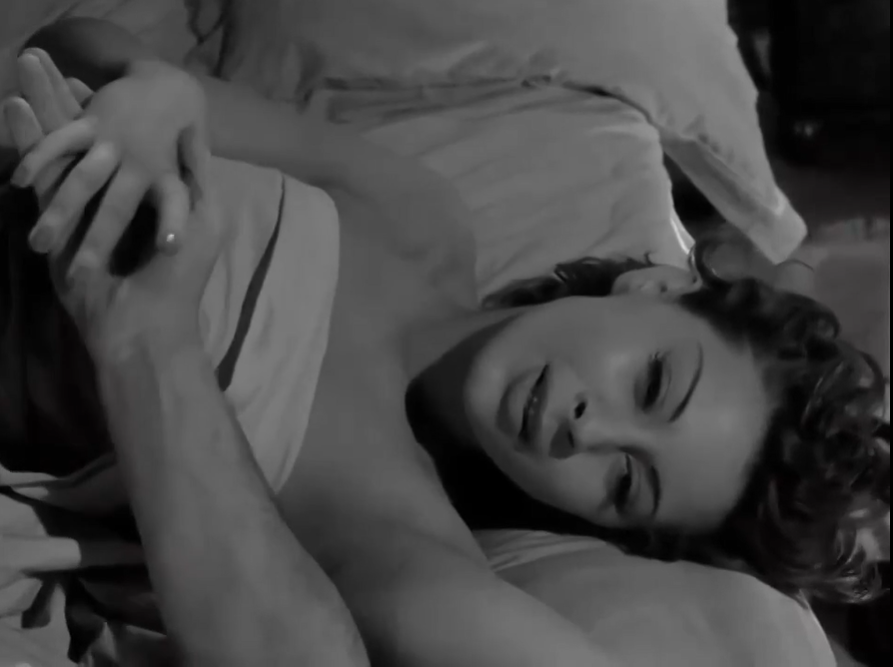|
Genres, Themes, Actors, and Directors:
- Claire Bloom Films
- John Gielgud Films
- Laurence Olivier Films
- Play Adaptations
- Ralph Richardson Films
- Royalty and Nobility
- Ruthless Leaders
- Shakespeare
- Siblings
Review:
Peary doesn’t review this BAFTA-winning adaptation of Shakespeare’s play, but he does name Laurence Olivier Best Actor of the Year in his Alternate Oscars, where he describes Olivier’s work as “riveting” and calls it “one of the finest performances of the decade.” He points out that “Olivier the director wisely had Olivier the actor deliver Richard’s soliloquies to us, in a direct manner to suggest it gives him pleasure to reveal his diabolical nature, confess heinous past crimes, and plot aloud his future atrocities to an audience who can do nothing about it.”
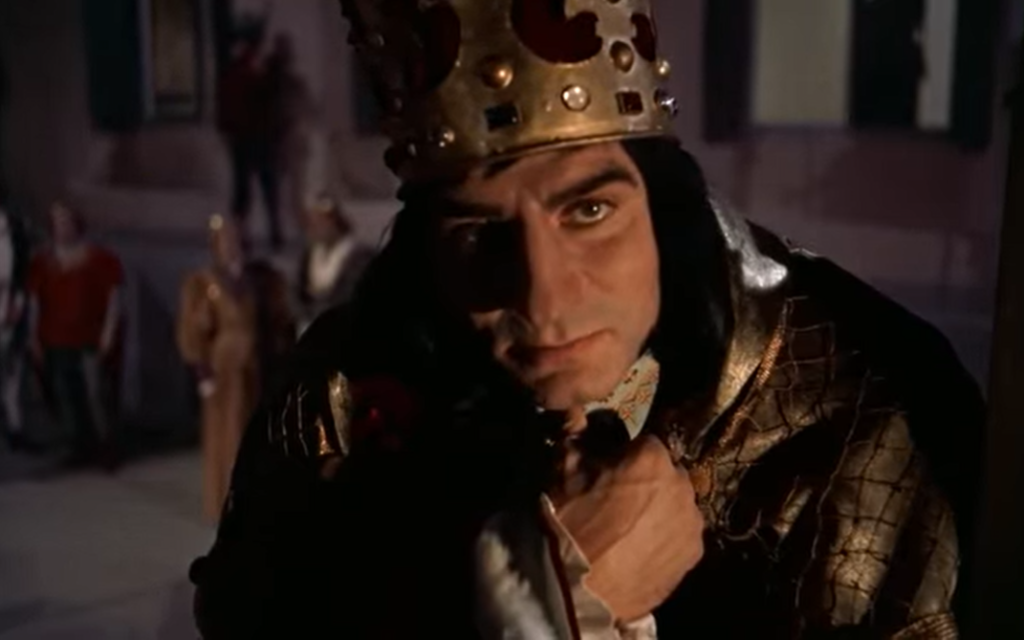
He notes that Olivier’s Richard “is as straightforward with us as he is duplicitous with those in the English court,” and writes, “As he strides into a long shot so we can get a good look at his gnarled form or moves to within an inch of the camera, he reveals a sly wit, a frightening ferocity and egocentricity, and a snide superiority and vengeful anger toward the nondeformed world he wants to ‘bustle in’.”
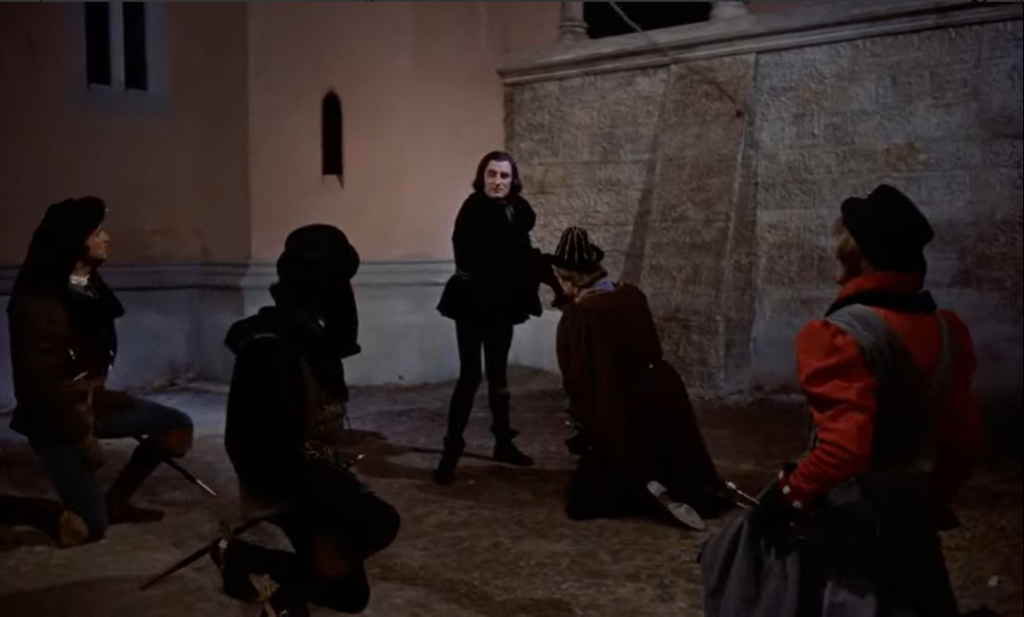
He adds, “What is jolting as he speaks to us is that he isn’t the typical madman lusting for power, but a clear-headed, ambitious schemer extraordinaire.”
For those unfamiliar with the play (like me), it will take a bit of research to understand how all the specific characters fit into place — but the overall sense that no one will be spared from Richard’s evil is crystal clear. Peary writes that “Olivier’s Richard expresses the same amusement and amazement as we do that his bold plot works so smoothly, that he can eliminate his opposition one by one without anyone being the wiser, and that, in a creepy scene, he can seduce the virtuous Lady Anne [Claire Bloom] and have her kiss him lewdly although she wants him dead and is not physically attracted to him.”
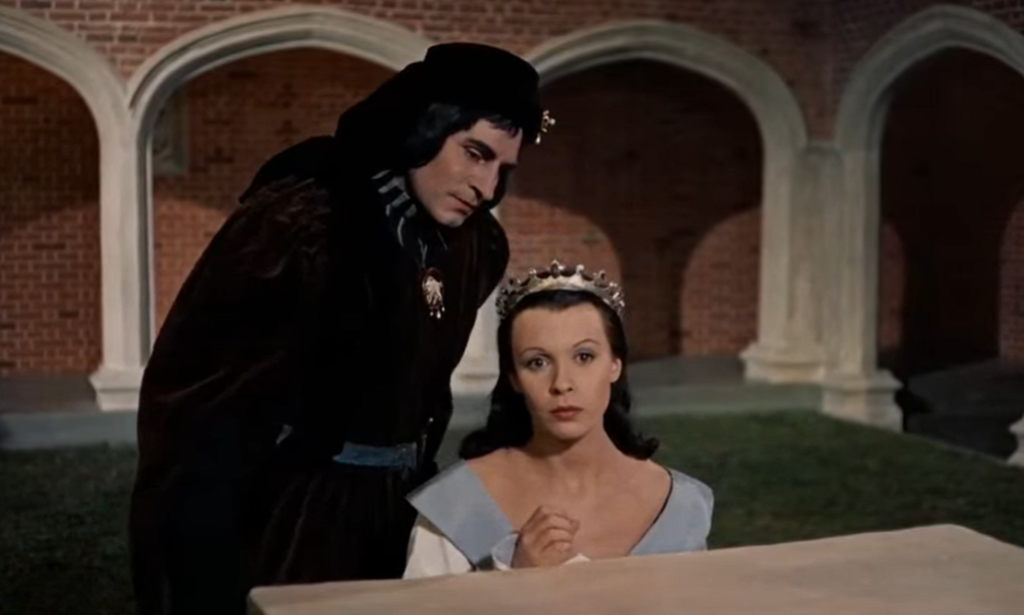
The supporting performances throughout are excellent; while Olivier wanted Orson Welles to play Buckingham, I think Richardson fits the bill nicely as his right-hand schemer:
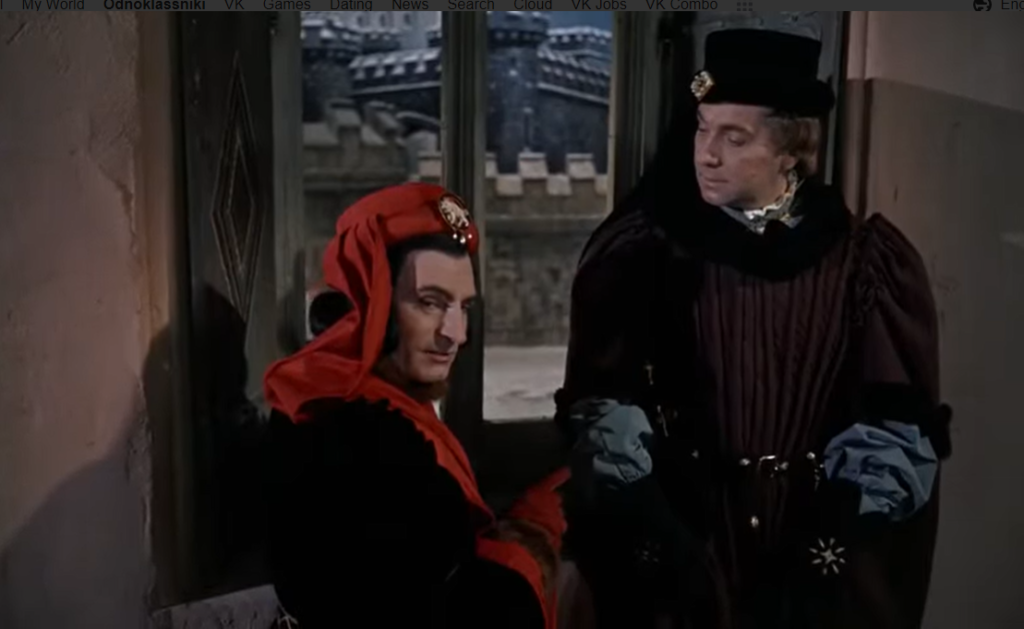
… and the VistaVision cinematography and historic sets are gorgeous. This film isn’t an easy watch, but it’s worth the effort.
Notable Performances, Qualities, and Moments:
- Laurence Olivier as Richard III
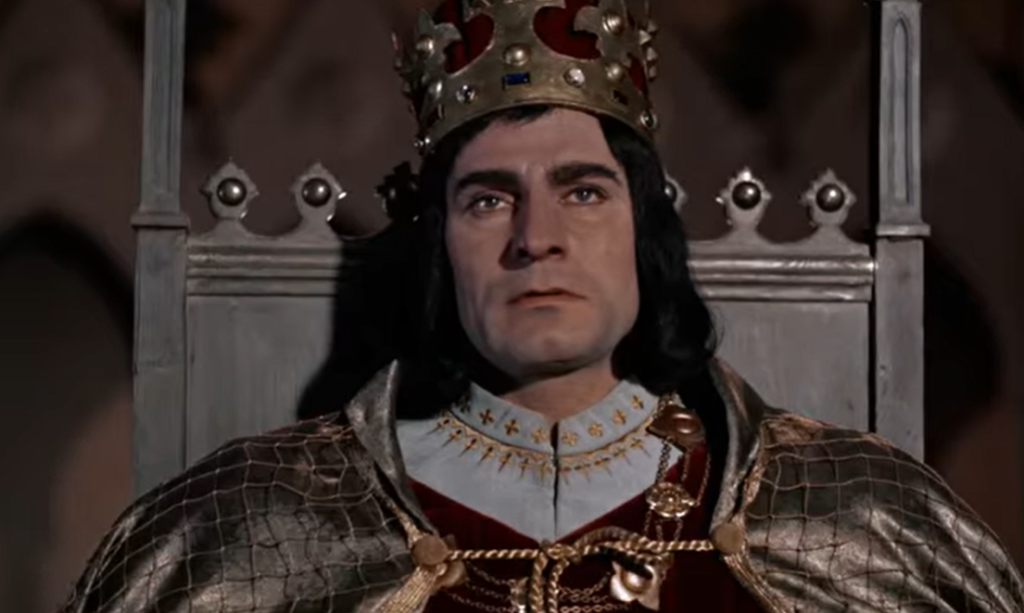
- Otto Heller’s cinematography
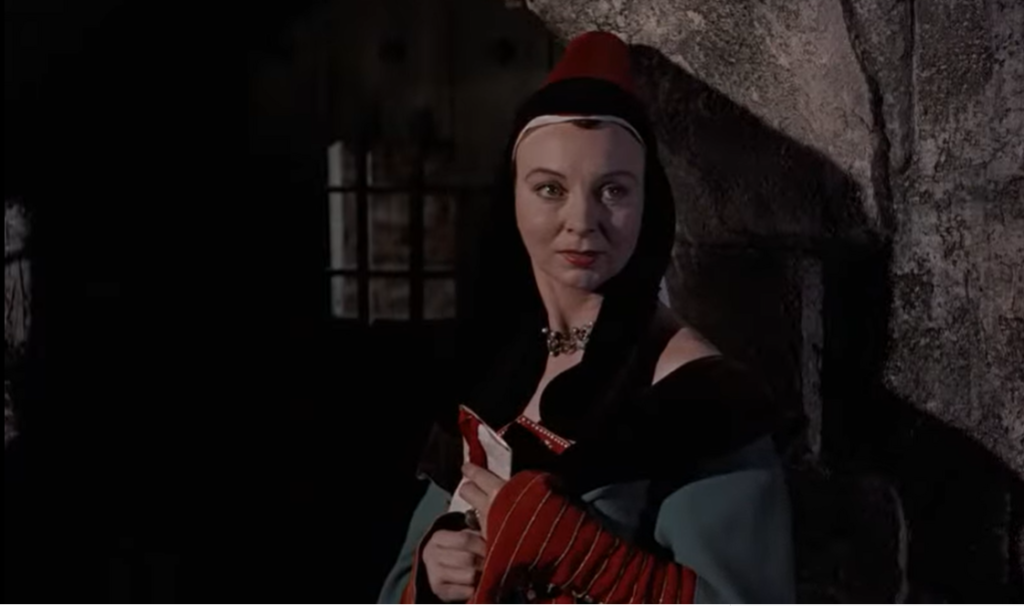
- Roger Furse’s production design and Carmen Dillon’s art direction
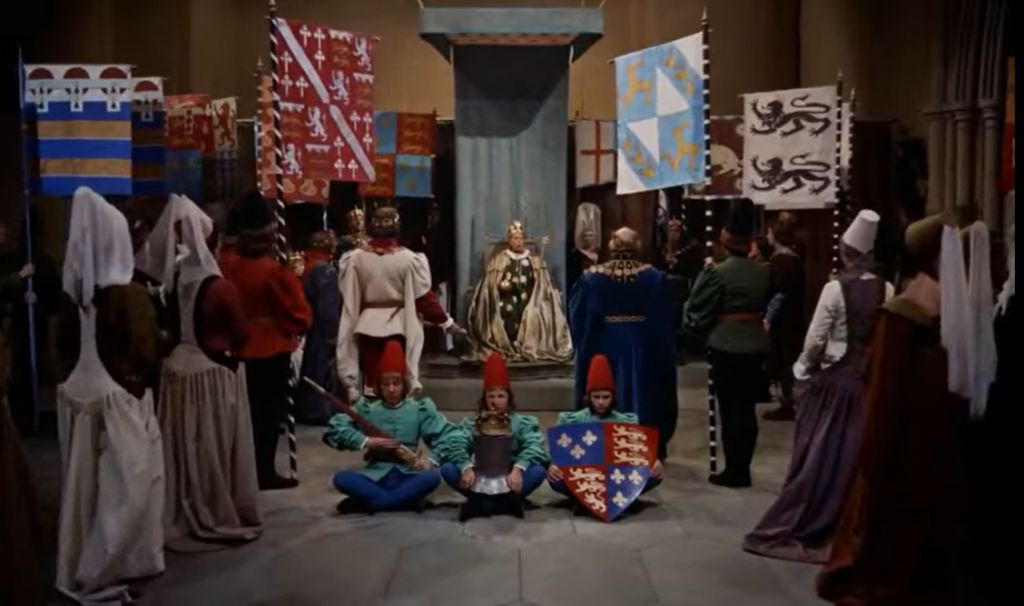
Must See?
Yes, for Olivier’s performance and as an overall powerful Shakespearean adaptation. Listed as a film with Historical Relevance and a Personal Recommendation in the back of Peary’s book, and nominated as one of the Best Pictures of the Year in Alternate Oscars.
Categories
- Historically Relevant
- Noteworthy Performance(s)
Links:
|
